LAST UPDATED – 2/10/24 – Machu Picchu Visitor Guide
Ever since it was introduced to the rest of the world in 1911, Machu Picchu in Peru has been captivating the imagination of travelers from all around the globe. As one of the new Seven Wonders of the World, the site is familiar to most people.
However, for most people, Machu Picchu seems like one of those places that you can dream of, but never manage to get to. Whether it seems like it is so far away or whether it appears too hard to get to, it manages to remain on many people’s bucket lists year after year. For many travelers, “maybe someday” never seems to come and the dream of visiting this amazing wonder of the world remains a dream.
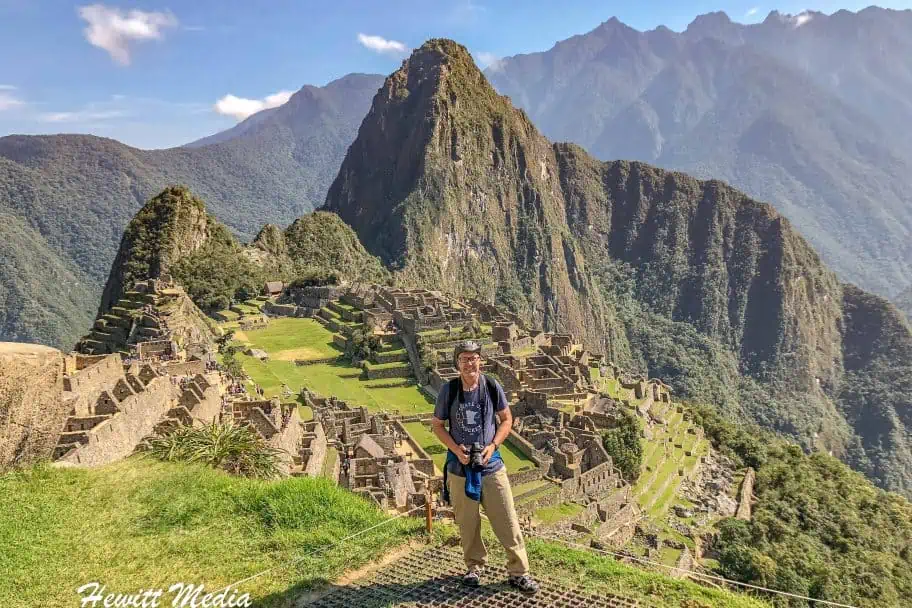
In this Machu Picchu visitor guide, I am going to give you all of the information that you need to plan a successful trip to Machu Picchu. After reading this guide, planning a trip to visit this world treasure won’t seem so overwhelming anymore. I will outline the best times to visit, all of the different options you have for getting there, what you need to be aware of before planning your trip, and even the best ways to photograph this amazing landscape. Armed with this information based on my personal experience traveling to Machu Picchu and climbing Huayna Picchu, you can finally check your visit to this magical place off of your “maybe someday” list.
Machu Picchu Visitor Guide Navigation Menu
Before you start making any travel plans, you will want to make sure to take care of all of the passport, VISA, and immunization requirements for your trip. In addition, you will want to make sure you have a clear understanding of what languages they speak in Peru so that you can plan any translation needs you might have.
You will also need to know what currency they use so that you can exchange currency before your trip if necessary. I have included some of this key information in my Machu Picchu visitor guide for you to review as you start to make your travel plans.
Preparing for Your Trip to Machu Picchu
| Passport requirements exist. See below for details. | |
| Immunization recommendations are listed below. | |
| The official language in Peru is Spanish. | |
| The official currency in Peru is the Peruvian Sol. |
Passport Requirements
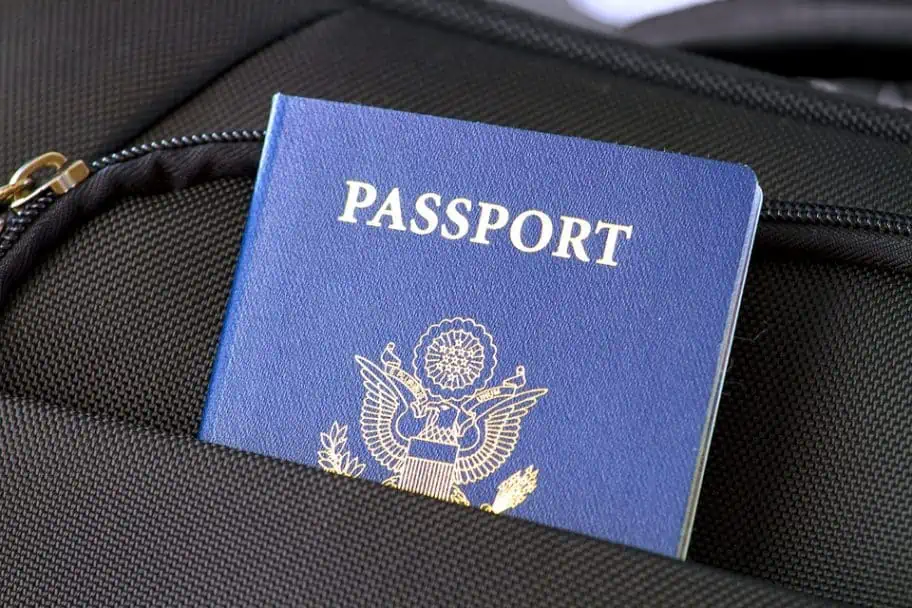
To enter Peru, you must have a passport that is valid for 6 months after the date on which you enter the country. If you plan on staying in Peru for 90 days or less, you will not need a VISA to enter the country. However, you must be able to show proof of return or onward travel to be admitted. For additional information, please refer to the website of the US Embassy in Peru.
| Passport Validity | Blank Passport Pages | Tourist VISA Required? |
|---|---|---|
| Must have six months validity at time of entry into Peru. | One Page. | Free, issued at the port of entry. |
Travel Immunizations
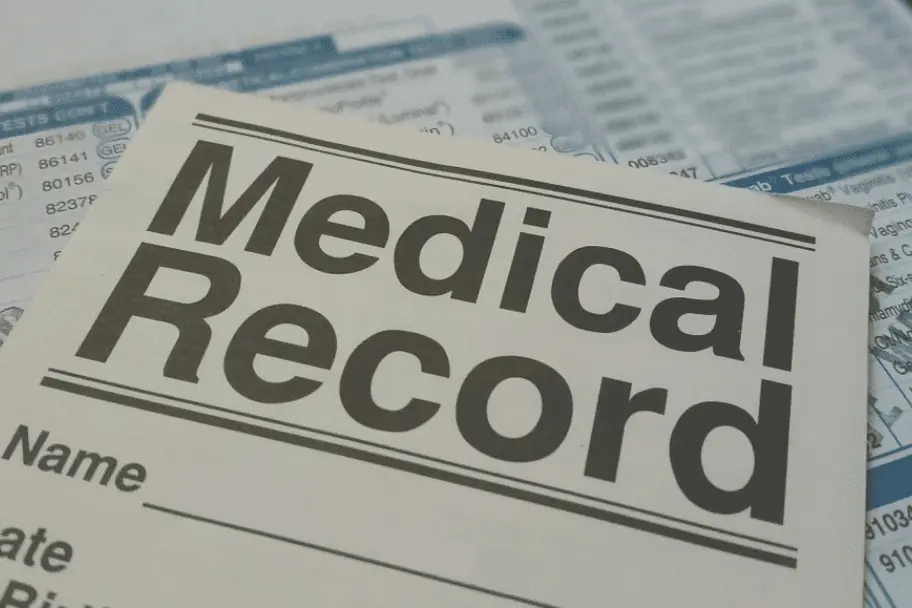
Before you leave for your trip to Peru, you need to make sure you have all of the proper vaccinations. Not only to protect yourself but to protect others. If you have questions on what immunizations you will need and what to look out for when you go to get them, I’ve included some general guidelines I can pass on to you from experience in my Machu Picchu visitor guide below.
- Most specialized travel clinics will not accept insurance so you will have to pay for your travel consultation and immunizations and then request reimbursement from your insurance company later.
- Some immunizations aren’t accepted by every insurance company, so check with your insurance provider before getting your immunizations.
- Check with your regular doctor first, as often they can do a travel consultation for you and write you the necessary prescriptions for your immunizations, even if they aren’t able to give them to you. This way you can ensure that at least your travel consultant will be covered by your insurance up-front.
- Check with Walgreens or other drug stores that give flu shots to see if they have any of the immunization shots that you require before going to a specialized clinic that doesn’t accept insurance to get them. Walgreens can give you many of the immunizations necessary for international travel, and they accept insurance up-front.
- The Centers for Disease Control (CDC) website can be a great resource for answering any travel immunization questions that you have.
Peru Travel Vaccinations
You may be wondering what vaccinations your physician will recommend. In case you are, I have compiled a list of what you might expect your doctor to recommend below.
- Typhoid (either a shot, which is good for 2 years, or a live virus pill, which is good for 4 years).
- Yellow Fever (The Yellow Fever vaccination is not required to enter Peru, and it is not recommended if you are staying within the areas around Cusco and Machu Picchu. However, if you are also traveling within the regions of Amazonas, Loreto, Madre de Dios, San Martin, Ucayali, Puno, Cusco, Junín, Pasco, and Huánuco it is recommended that you get the Yellow Fever vaccination. Please see the Centers for Disease Control (CDC) map of the areas where a Yellow Fever vaccination is recommended for more detail).
- Hepatitis A & B (if you haven’t had them).
- Tetanus (if you aren’t current).
- Dukoral (gives you 3-month protection against travel diarrhea).
- Flu Shot
- Acetazolamide – This prescription medication is used to treat the pressure buildup in your eyes from glaucoma, but can also be very effective in treating the pressure buildup in your sinuses and head caused by increased altitude. It is a good way to prevent the notorious headaches caused by an adjustment to higher altitudes.
Travel Insurance
Before you head to Peru, I would recommend that you purchase travel insurance. You will want to have this in case something happens, and you have to either postpone or cancel your trip. It would also be a great idea to purchase emergency medical evacuation insurance. Should an emergency occur, and you need to be medically evacuated from the country, that could cost you tens of thousands of dollars.
| READ MORE: |
 |
| Have a Back-up Plan for your Travel Plan |
The Best Times to Visit Machu Picchu
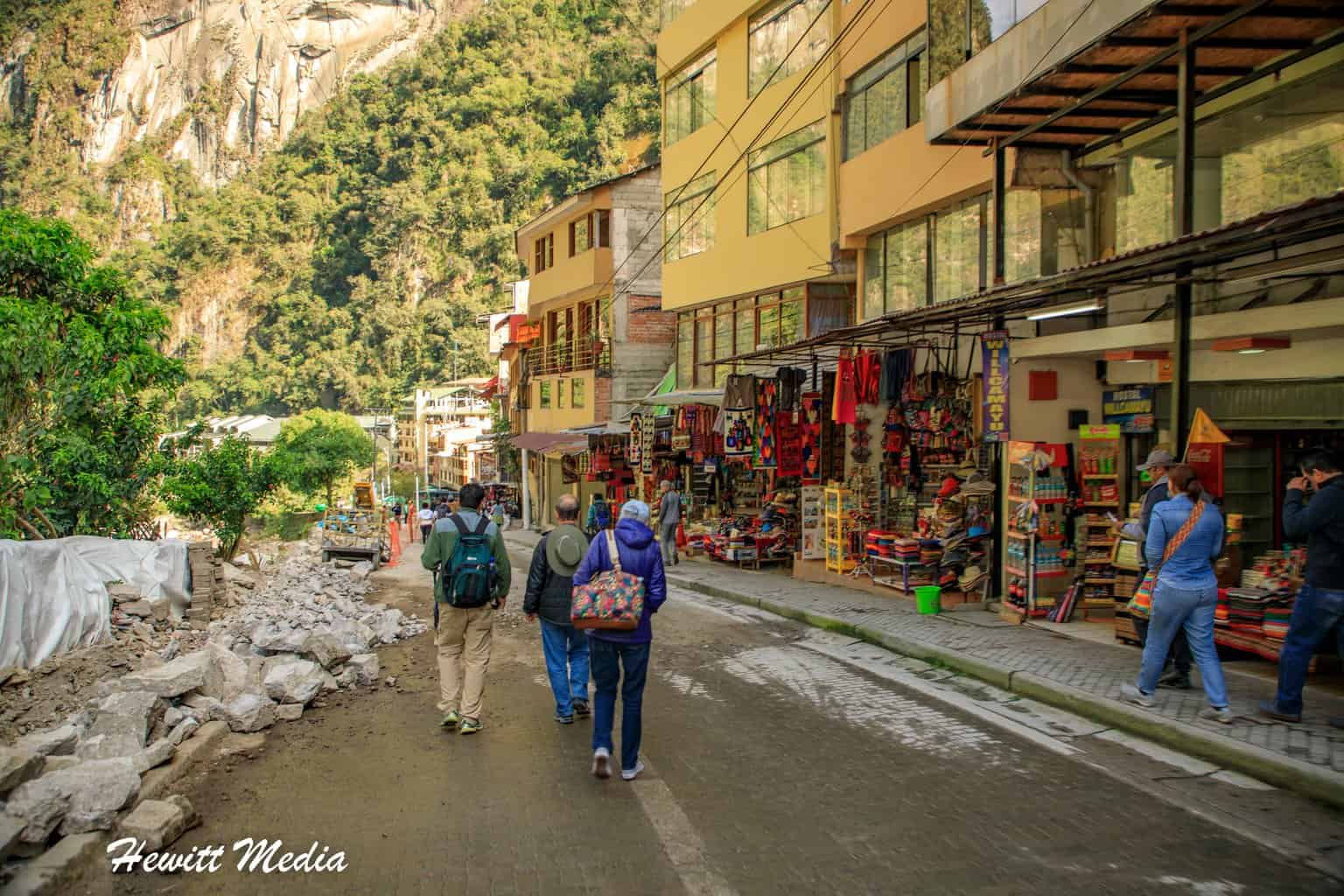
One of the most important decisions that you will have to make when planning a trip to see Machu Picchu is when you plan to visit. Several important variables can impact this decision, but the most important factors that you will need to consider are the average temperatures and average amount of precipitation that the area gets throughout the year as well as the number of visitors to Machu Picchu from month to month.
To give you all of the information that you will need to decide when it would be best for you to plan your visit, I have included data on all of these variables in my Machu Picchu visitor guide below for you to review.
Average Temperature (°F)
As you can see in the chart below, the average high and low temperatures in the Cusco and Machu Picchu areas are fairly consistent throughout the year. Because of the elevation, the average high temperature doesn’t get too hot at any point throughout the year. Likewise, because of the area’s proximity to the Equator, the average low temperature doesn’t get too cold either, despite such a high elevation. This means that you can expect fairly comfortable temperatures no matter when you plan on visiting throughout the year.
Average Precipitation (Inches)
There are two distinct seasons at Machu Picchu: The dry season, which runs from April to October, and the wet season, which lasts from early November until late March. The best time to visit Machu Picchu is definitely during the dry season because the skies are typically clear and the weather is dry. During the wet season, it typically only rains a few hours during the day, but the ruins at Machu Picchu will be covered in a hazy fog for most of the day. As the day wears on the fog will dissipate, but I would avoid visiting during this time of year if you want to get really good photographs of the ruins. If you must visit during the wet season, I would avoid the months of February and March as those months tend to be the wettest.
Average Number of Visitors (Visitors per Day in 1,000’s)
The final variable that you will want to consider when deciding when to visit Machu Picchu is the number of other visitors that will be touring the ruins. Not only do you need to consider the quality of your experience at a site that has experienced increasing over-tourism in recent years, but the government of Peru has taken steps to limit the number of daily visitors to combat the over-tourism and preserve this important cultural site.
If you don’t plan your visit properly and far enough in advance, you might not even be able to get into Machu Picchu when you visit. The number of visitors at Machu Picchu is the highest in January, then slowly decreases throughout the year. If you are looking for the perfect window to visit where you will have good weather and smaller crowds, I would recommend visiting in late August or early September. This shoulder season should provide the best of both worlds.
How to Get to Machu Picchu
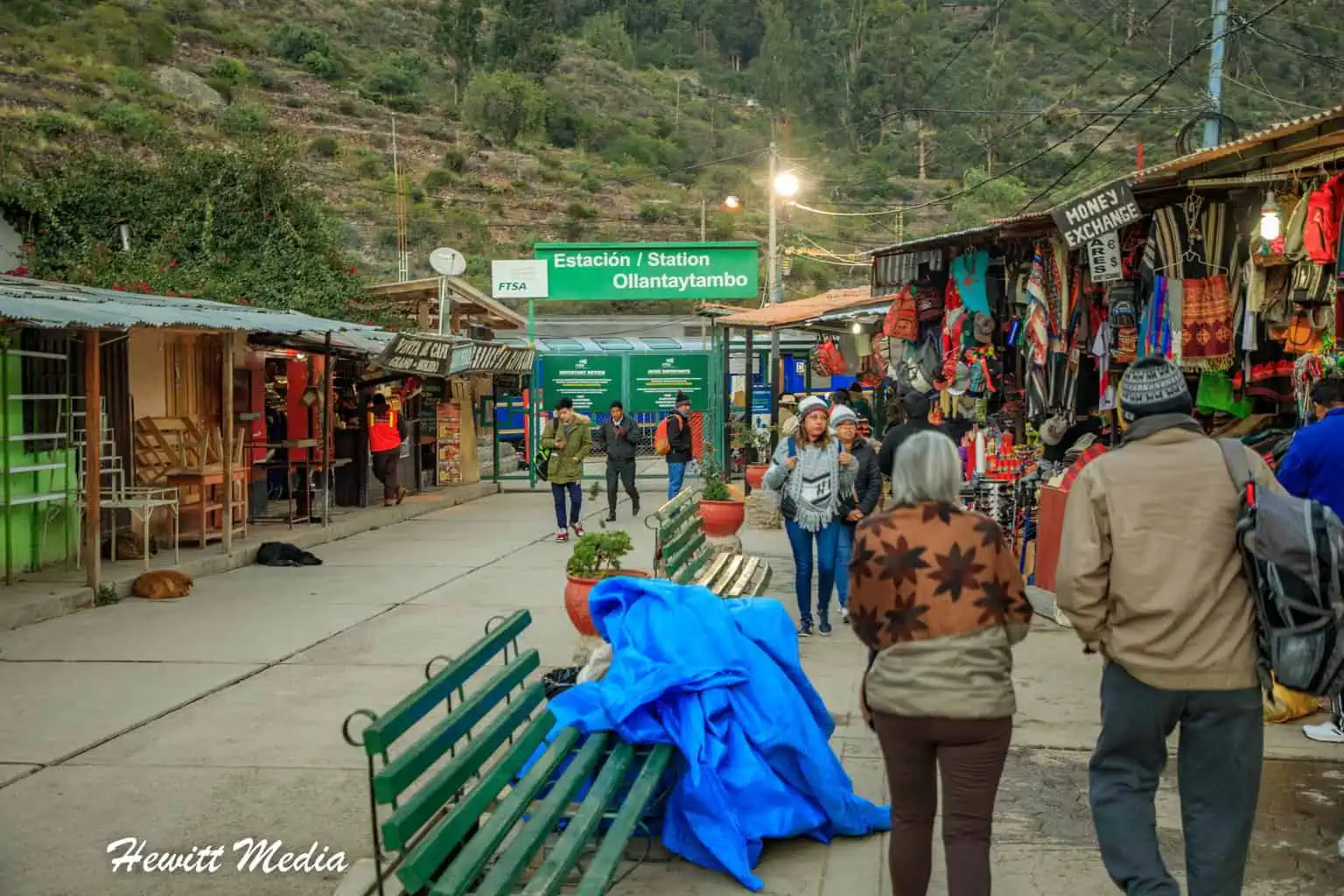
The launching point for any trip to see Machu Picchu is the Peruvian alpine city of Cusco. If you are planning on visiting Machu Picchu from outside of Peru, you can fly into Cusco International Airport and then travel to Machu Picchu from there.
If you are unable to find a flight to Cusco, you can fly into the capital city of Lima and then take a flight to Cusco on one of the local or regional airlines such as Avianca or Latin American Airlines.
When we visited Peru, we flew into Lima and spent a few days exploring the city before continuing on to Cusco to see Machu Picchu. If you would like to learn more about Lima, I would suggest checking out my visitor guide linked in my Machu Picchu visitor guide below.
| READ MORE: | |
 | |
| Lima, Peru Travel Guide |
| READ MORE: |
 |
| The Definitive Cusco Peru Visitor Guide |
Once you arrive in Cusco, there are several different ways in which you can travel to Machu Picchu. The more adventurous travelers will choose to hike to Machu Picchu from several different starting points within the Sacred Valley, while those who may not feel comfortable hiking long distances at high altitudes have the option of taking a train to see the ruins instead. No matter which method of travel you choose, you are guaranteed to have the adventure of a lifetime and see one of the world’s most amazing historical and cultural sites.

Hiking the Inca Trail
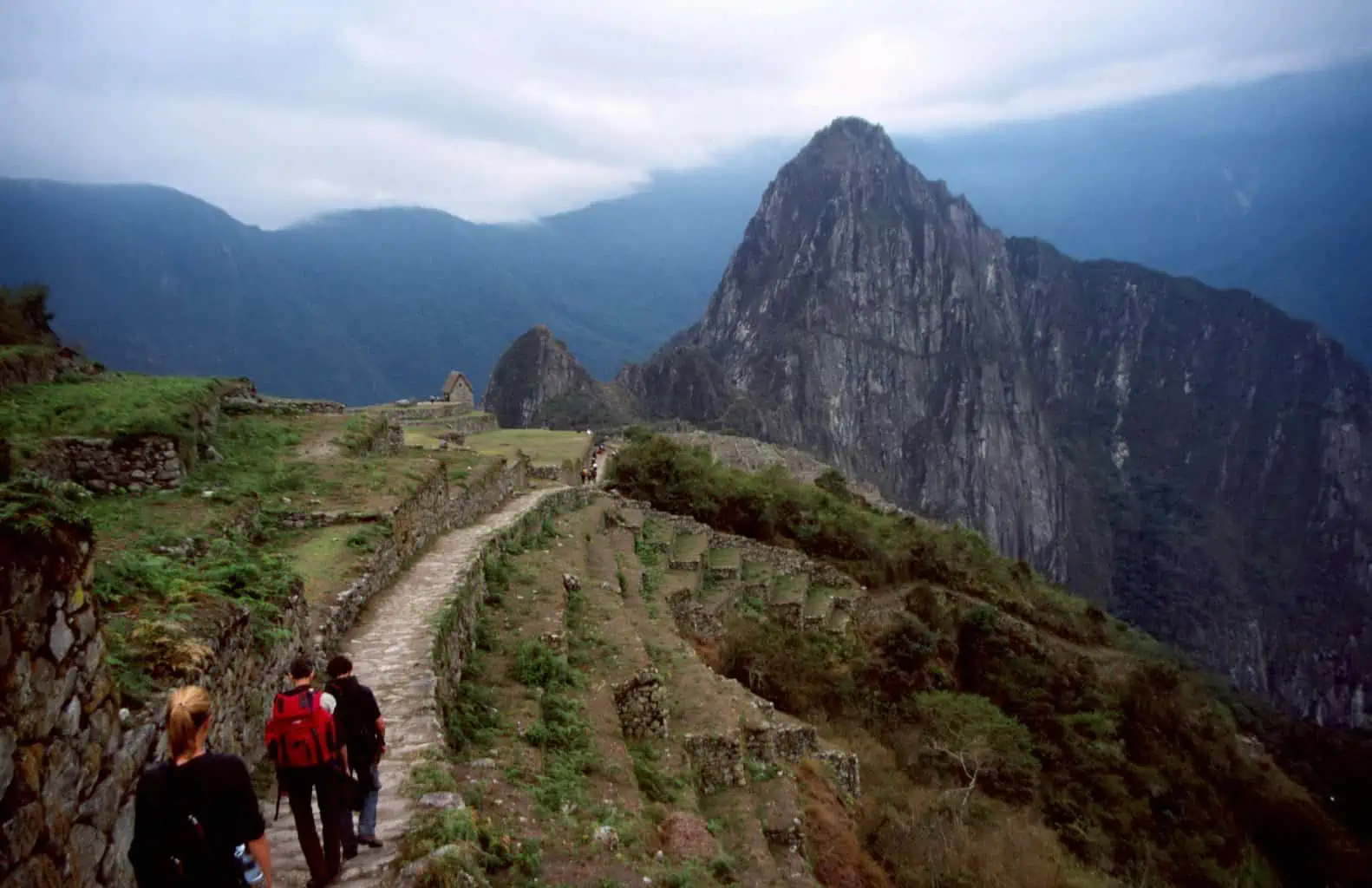
If you are up for the adventure, the classic way to visit Machu Picchu from Cusco is to hike the Inca Trail. This hike follows the traditional Incan path through the Sacred Valley to the ruins of Machu Picchu and typically takes 4 days to complete. Along this incredibly scenic hike, you will also get to see several other smaller Incan ruins and spend some time on one of the most jaw-droppingly beautiful hikes in this world. If you would like to do some hiking on your way to see Machu Picchu but aren’t interested in doing the full hike, there are some additional options.
Starting Your Inca Trail Hike
The official starting point for the hike to Machu Picchu on the Inca Trail is a spot just beyond the Ollantaytambo Train Station. If you are staying in Cusco, you would have to either take the train from Poroy Train Station just outside of Cusco to the Ollantaytambo Train Station or arrange your own transportation from Cusco. From there you can hike to Machu Picchu.
For those looking for a shorter hike, there are also hiking tours that start at the KM 104 mark, which is a considerably shorter hike. I cover both of these options, as well as all of the permit requirements and gear recommendations for hiking the Inca Trail, in my Ultimate Guide to Hiking the Inca Trail, which I linked to below.
There is a Much Shorter Machu Picchu Hike
The shortest hiking option available to you if you would like to do a bit of hiking, but don’t want to do a multi-day hike, is to take the train all the way from Poroy or Ollantaytambo Train Station to the train station at Aguas Calientes (Machu Picchu Town) and then hike up to the ruins from there.
It will take you several hours to a half-day to complete the hike, depending on your fitness level, but it is so worth it if you are up for the challenge. Again, I discuss this option in greater detail in my Ultimate Guide to Hiking the Inca Trail, linked in my Machu Picchu visitor guide below.
| READ MORE: | |
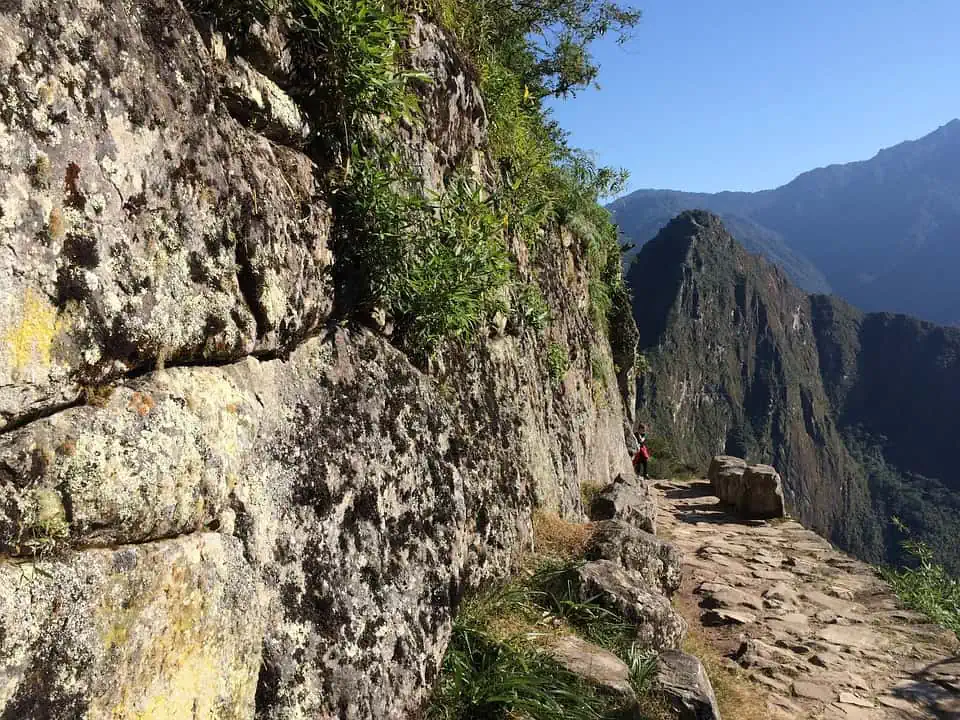 | |
| The Ultimate Guide to Hiking the Inca Trail |
Taking the Train
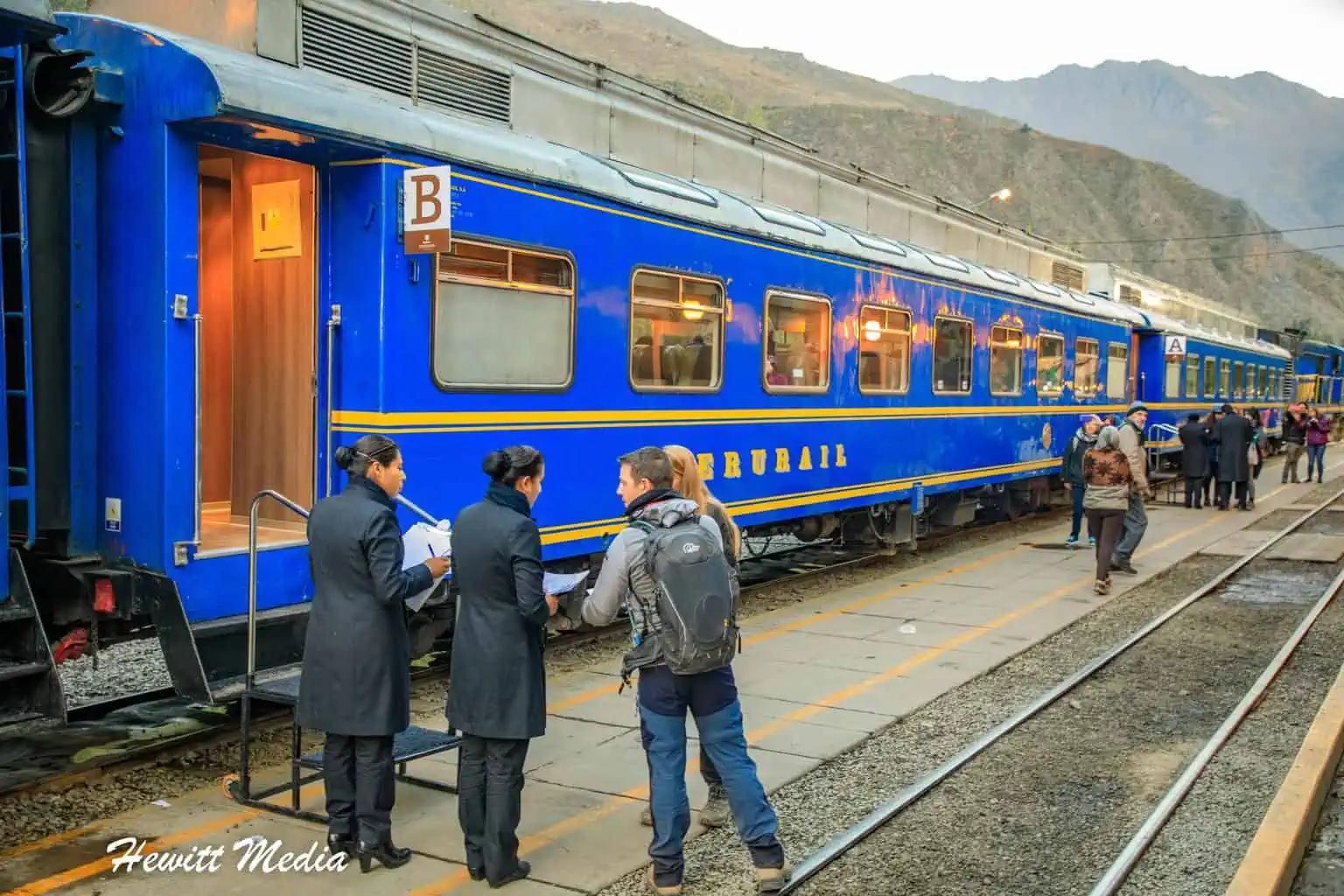
If you would like to visit Machu Picchu, but don’t feel up to taking the traditional hike along the Inca Trail to get there, there are options available to you that don’t involve any hiking at all. Some trains will take you from either the Poroy Train Station just outside of Cusco or the Urubamba or Ollantaytambo Train Stations in the Sacred Valley all the way to the train station at Aguas Calientes (Machu Picchu Town). From there, you can take a bus up to the main gate at Machu Picchu
There are two train operators that you can use to get to Machu Picchu – Peru Rail and Inca Rail. I have included a summary of the routes and levels of service that each rail company offers in my Machu Picchu visitor guide below for you to review.
Peru Rail
Peru Rail is the older of the two rail companies that offer transportation to Machu Picchu. Tickets for Peru Rail can be purchased online at www.perurail.com They offer four different levels of service, which I have outlined below.
- Vistadome: A wide wagon train with panoramic windows and a glass roof to allow the most amount of viewing and photo-taking possible.
- Expedition: Wagons are completely covered by panoramic windows and an assortment of snacks and Peruvian food is offered.
- Sacred Valley: This luxurious train takes visitors from Urubamba to Machu Picchu in style. Passengers get to enjoy lunch or dinner along with amazing views.
- Belmond Hiram Bingham: Widely considered to be one of the most luxurious train rides in the world, this train carries passengers to Machu Picchu in style. Enjoy all the luxuries, including gourmet food, on your way to see one of the seven wonders of the world.
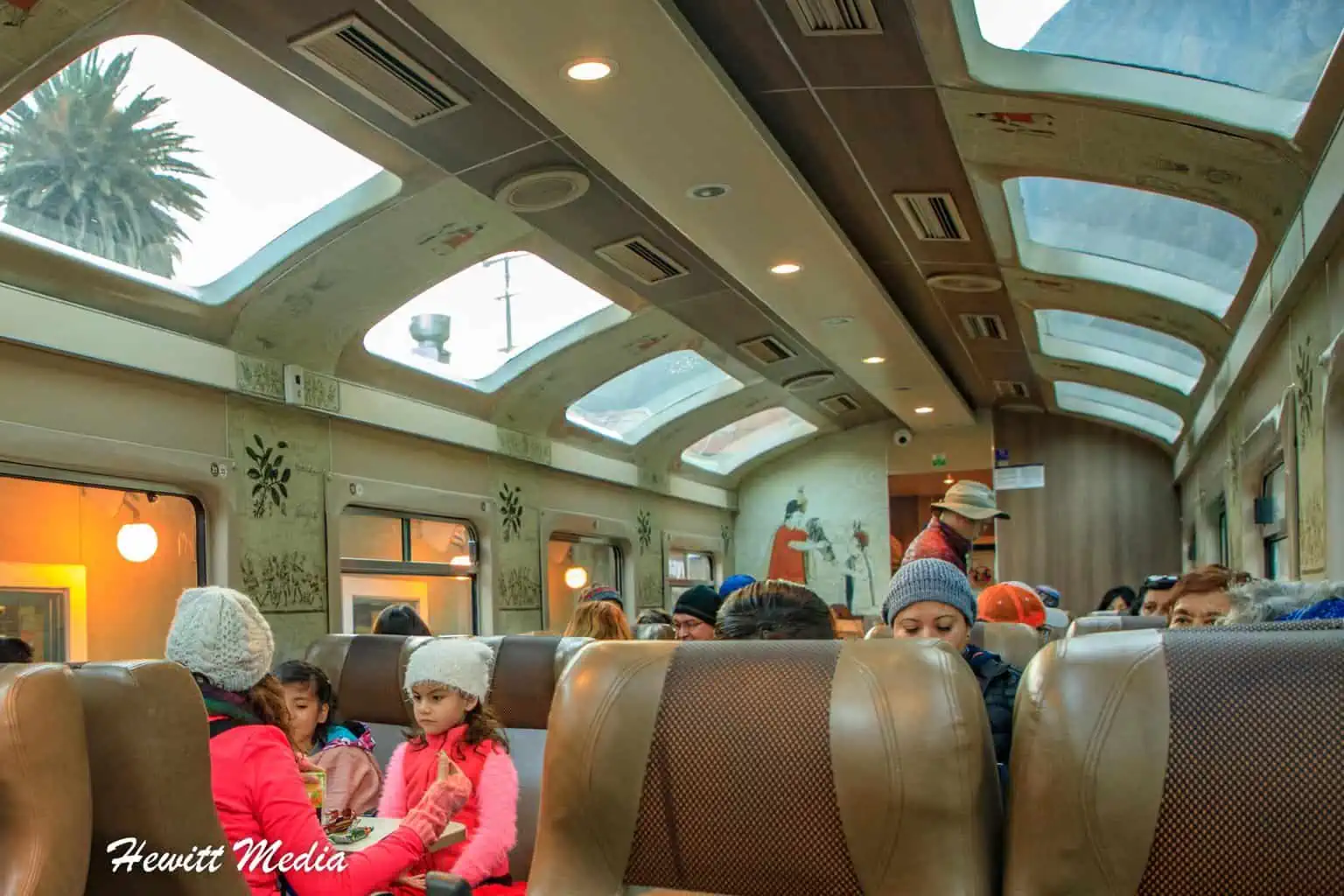
Inca Rail
Inca Rail is the newer of the train carriers that take passengers to Machu Picchu. Its trains run from the Ollantaytambo Train Station to Machu Picchu and tickets can be booked online at www.incarail.com. There are four different levels of service on Inca Rail trains, which I have outlined for you to review in my Machu Picchu visitor guide below.
- The Voyager: In the Voyager class you will be welcomed with comfortable seating, panoramic windows, and folding tables. In addition to local music, the fare also includes a selection of local fruit juices to choose from.
- The 360º: In this special class, passengers get an all-around view of the surroundings as they make their way to Machu Picchu. In addition to the amazing views, guests can also choose from a variety of beverages and enjoy a selection of local music during the trip.
- The First Class: Passengers get to travel to Machu Picchu in luxury in first-class cabins aboard Peru Rail. In addition to gourmet lunch or dinner and cocktails, passengers will enjoy panoramic viewing windows, covered tables with fresh flowers, and a wide assortment of local music. IMPORTANT NOTE: the first-class service on Peru Rail is only available during the busy season (from April to October).
- The Private: Available to small groups of 8 or less only by special request, this class of service is of the presidential level. With gourmet food, free drinks, and elaborate decor, you get to travel to Machu Picchu in absolute luxury.
IMPORTANT NOTE: It is critically important that you book your rail tickets and purchase your entrance ticket into Machu Picchu months ahead of time. Do not purchase one without the other or you may be left with a ticket to get into the ruins, but no transportation to get there, or vice versa.
Combination of Train and Hiking
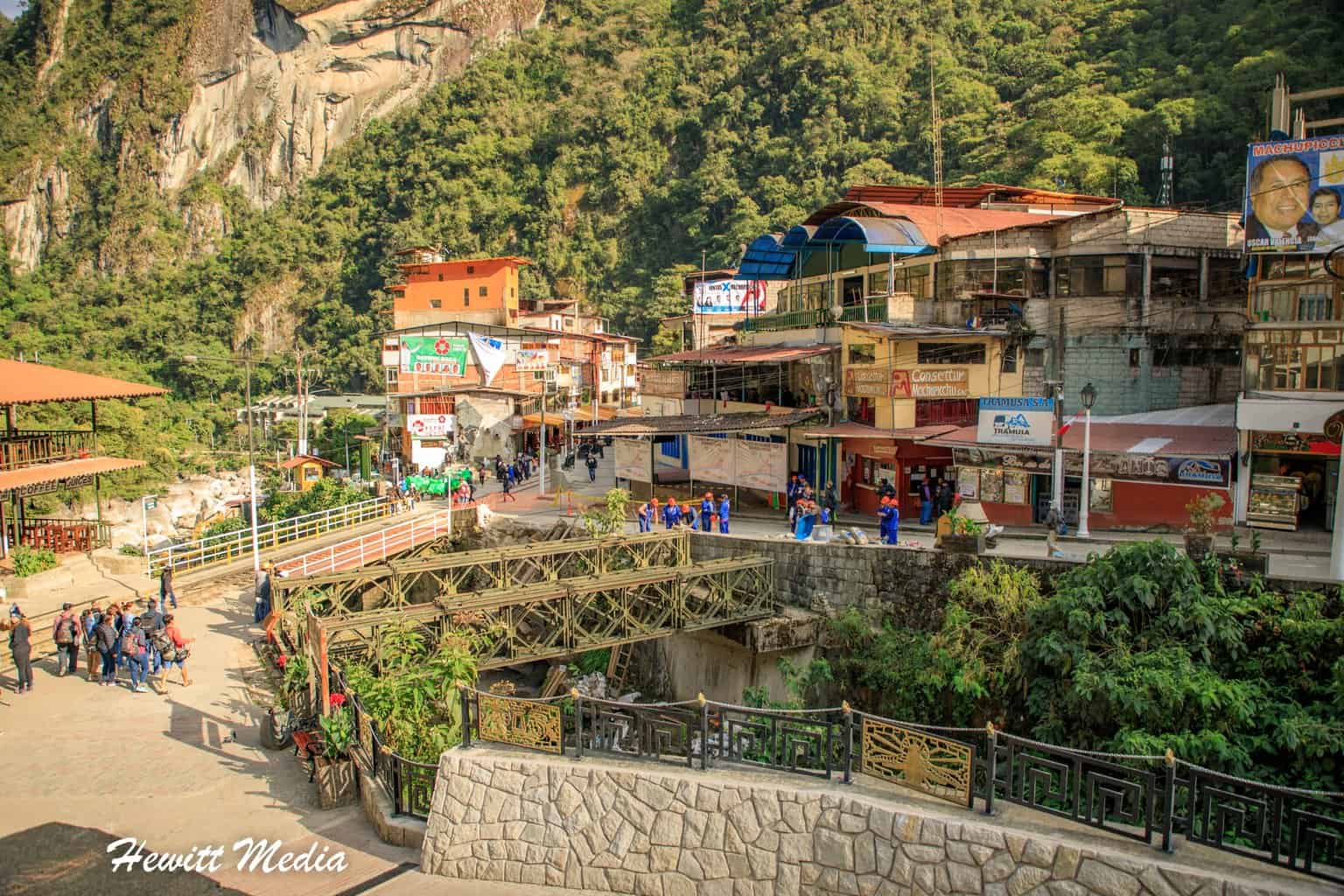
For those who would like to do some hiking on the way to Machu Picchu, but perhaps aren’t up for doing a multi-day hike, there is another option available to you. If you take a train to Aguas Calientes (Machu Picchu Town), instead of getting on one of the buses that take you up the switchbacks to the main gates of Machu Picchu, you can hike up to the ruins. There is a footpath that takes you up to the ruins of the village. Altogether, this hike will take around 2 hours to complete and offers some absolutely stunning views of the Andes Mountains surrounding Machu Picchu.

What to Know Before Visiting Machu Picchu
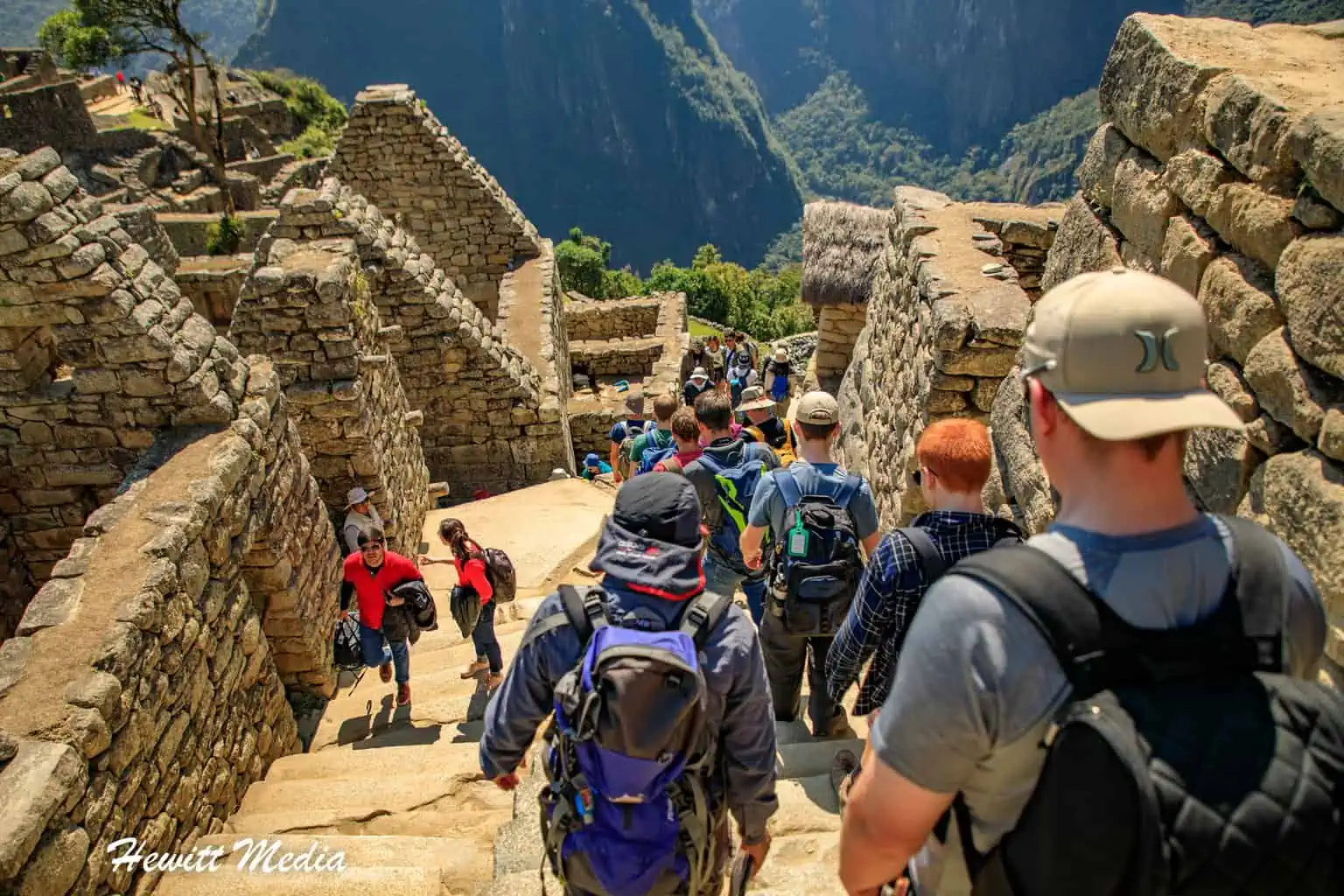
Before you head off on your adventure to see Machu Picchu, there are some things that you need to be aware of. If you keep these things in mind as you start to plan your trip and then as you visit, you can ensure that you will get the most out of your visit and not be left in an uncomfortable or dangerous situation.
Water and Bathrooms
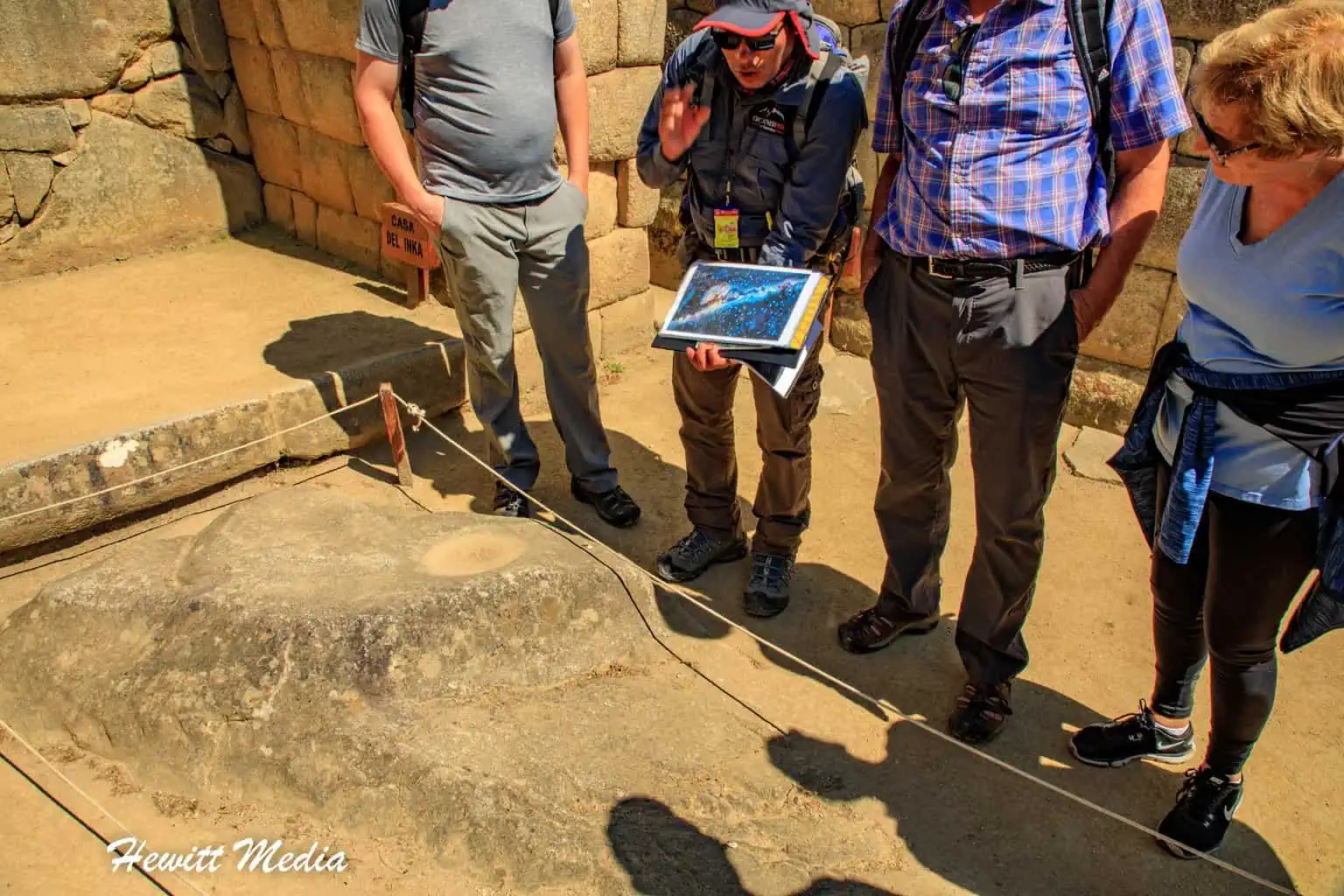
Before you enter the site, make sure you use the bathroom and load up on water. There are bathrooms and vendors selling water just outside of the main gate. Believe me, you will want to make sure you take care of both before you get into the site. There are no bathrooms or vendors selling anything inside the ruins, so you will regret not using the restroom or filling up with water before entering.
A permit is required to Hike the Inca Trail
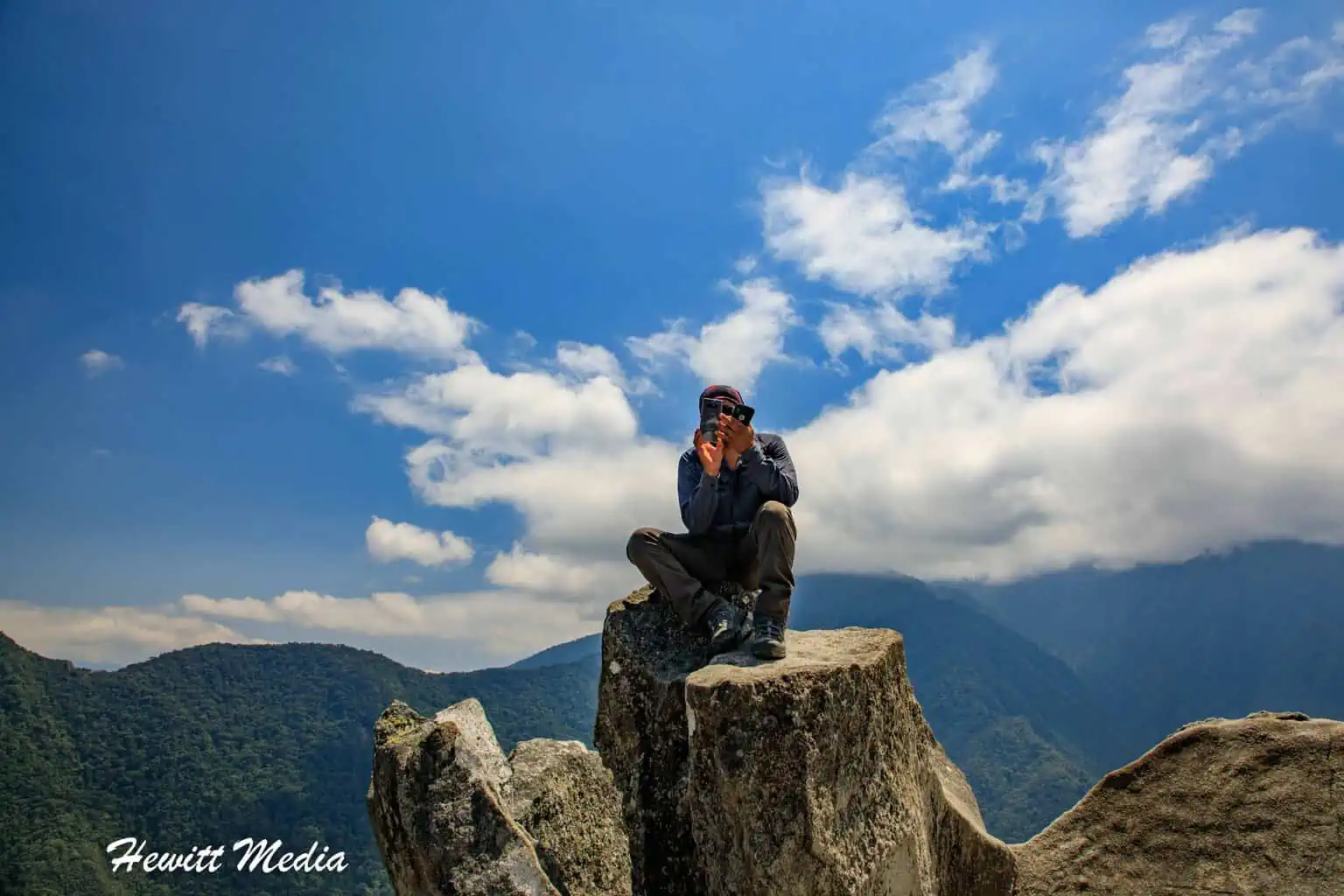
If you plan on hiking the Inca Trail to Machu Picchu, make sure you find a guided tour. Do not show up in Cusco and think that you can hike the Inca Trail on your own. Ever since 2001, Peru’s Ministry of Tourism (MINCETUR) has required that all visitors who want to hike the Inca Trail be accompanied by a licensed guide. If you are interested in finding a tour group to hike the Inca Trail, I have included a link in my Machu Picchu visitor guide below to all of the tours available out of Cusco, Peru via the Viator website.
Recommended Machu Picchu Tours from Cusco
Prepare for the Elevation
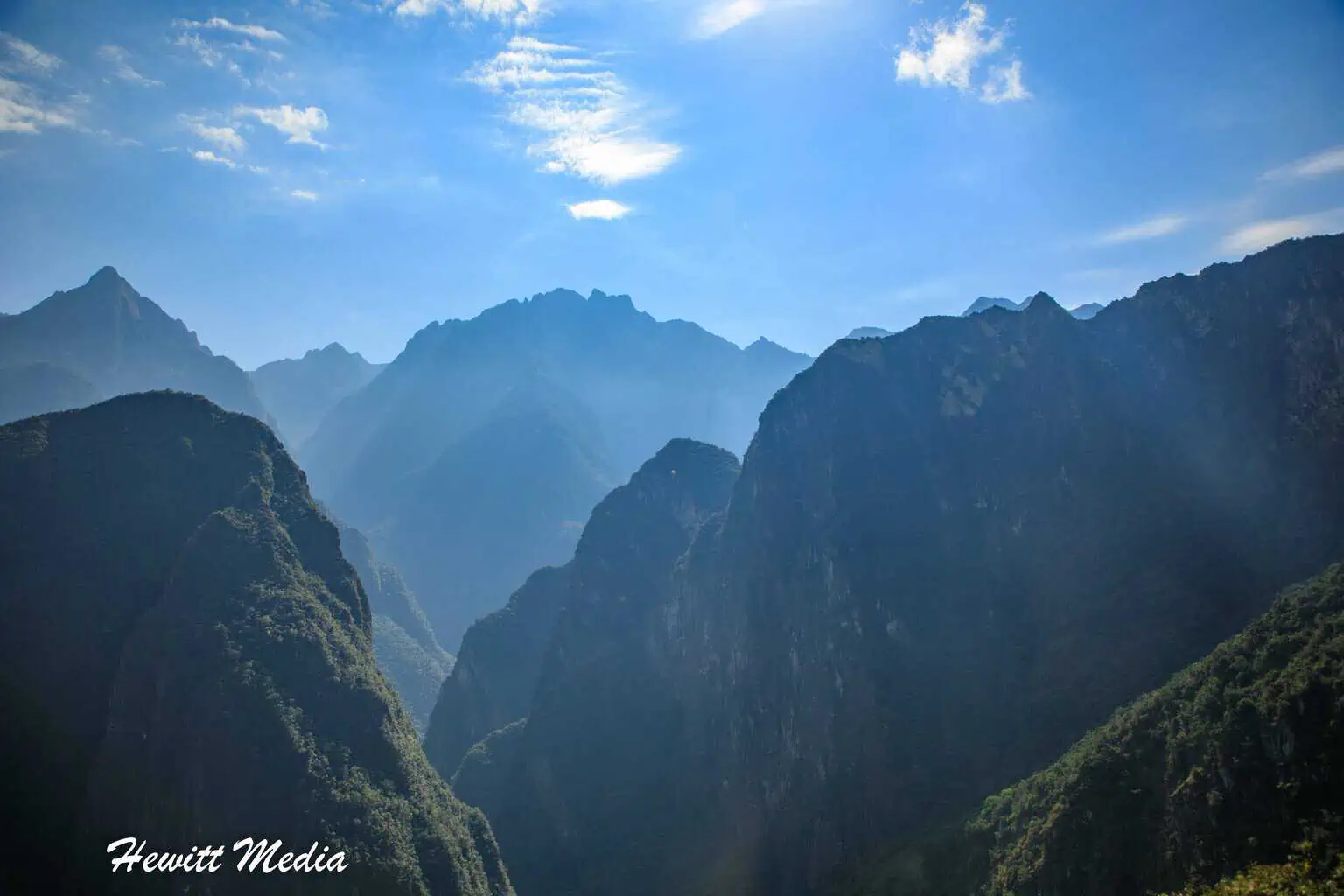
One of the things you need to be acutely aware of when you visit Cusco and the Machu Picchu area is the altitude of the area. While Machu Picchu sits at roughly 7,972 feet (2,429 meters), the city of Cusco sits at a much higher altitude of 11,152 feet (3,399 meters). For some people, this high elevation can be a bit much.
People may experience shortness of breath, headaches, and even dizziness at these elevations. If you are suffering from pre-existing medical conditions such as a bad heart, the higher altitude can even be deadly. In extreme cases, people have even suffered from acute altitude sickness and even death from the altitude. You can protect yourself by preparing for the high altitude by following these tips in my Machu Picchu visitor guide below:
Tips to Prepare for the High Altitude
- Always stay hydrated.
- Take time to acclimate to the higher altitude. After arriving in Cusco, stay a few nights in the Sacred Valley (which sits at a much lower elevation). The city of Pisac sits at 6,730 feet (2,050 meters). This will allow your body time to adjust to that altitude before going back to Cusco and adjusting to that elevation.
- Talk to your doctor about an Acetazolamide prescription. This medication is used to treat eye pressure for those suffering from glaucoma and can also decrease the painful effects of high-altitude headaches.
- Try coca leaf tea to relieve altitude symptoms. It is a local remedy for altitude discomfort that locals swear by. Most hotels in Cusco will offer the tea complimentary.
- Book a hotel in Cusco with pumped-in Oxygen. Most of the nicer hotels in Cusco will pump Oxygen into their hotel rooms. This is a great way to minimize the effects of the altitude when visiting.
- If you feel symptoms of altitude sickness and they don’t go away with any of the above remedies, get down to a lower altitude immediately. Your health isn’t worth the risk. Get to a lower altitude until you feel better and then consider returning back to Cusco.
What to Pack for Machu Picchu
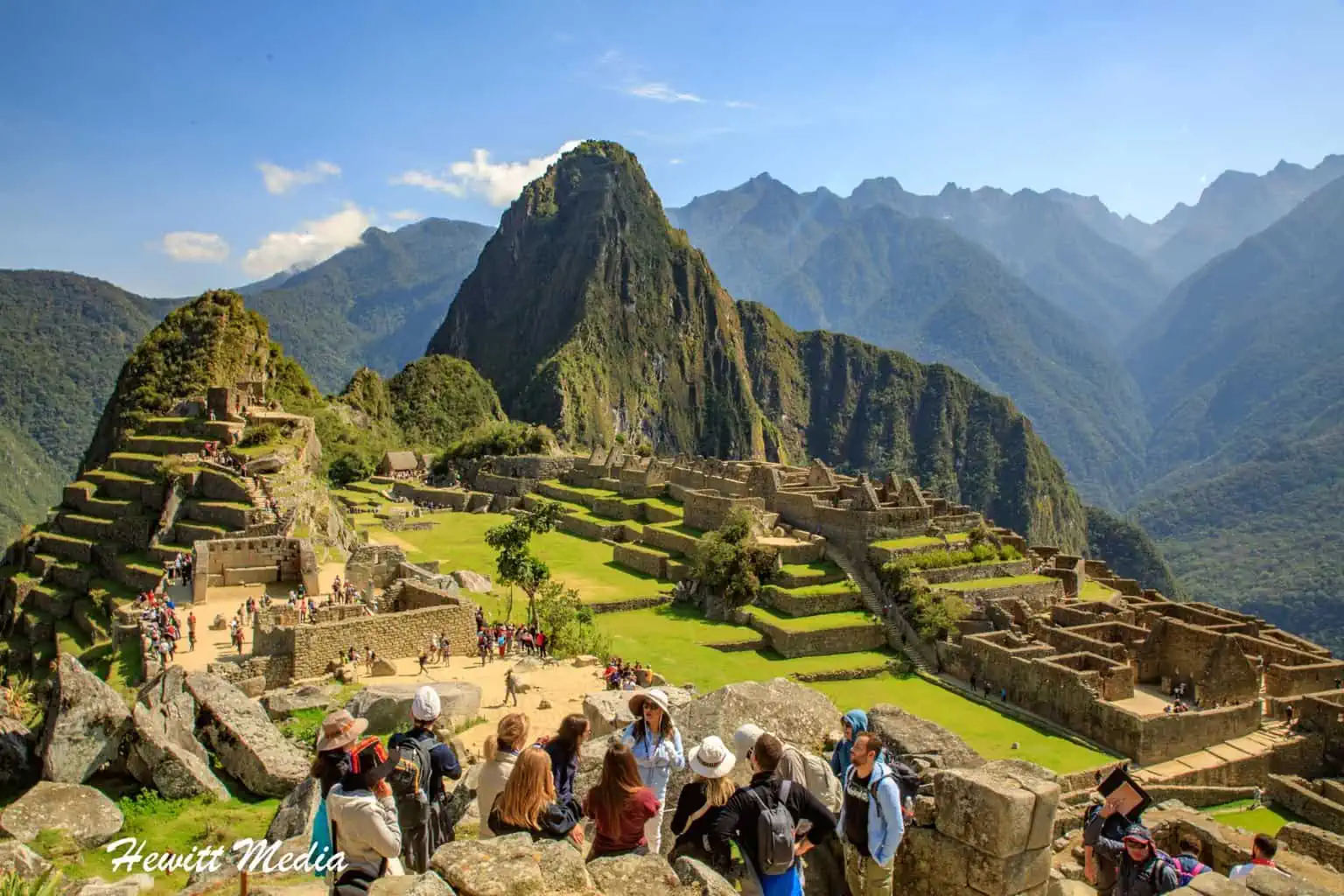
A big part of any successful visit to Machu Picchu involves making sure you pack the right gear to bring with you. There is nothing worse than bringing too much gear and having to lug it around, other than maybe not bringing gear that you need and struggling without it.
Take the guesswork out of what to pack for your trip to Machu Picchu by reviewing my Essential Machu Picchu and the Inca Trail Packing Guide, which I linked to in my Machu Picchu visitor guide below. This packing guide is based on my personal experience visiting Machu Picchu and the Inca Trail and the dialog I have had with other travelers who have visited the area.
Know the Rules at Machu Picchu
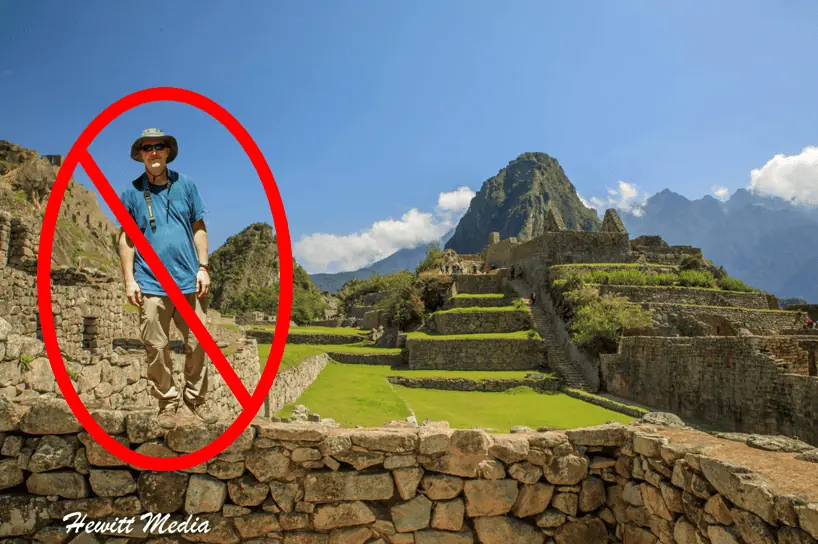
When visiting Machu Picchu, it is important to remember that you are in an important cultural and historical site and that you should always be mindful of its preservation. It is important to understand the rules of the site before visiting so that you can ensure you are in compliance with the rules at all times. To assist you in understanding the important rules for visiting Machu Picchu, I have included a highlight of some of the most important rules for you to review in my Machu Picchu visitor guide below.
Prohibited Behaviors at Machu Picchu
- All visitors must be accompanied by a professionally licensed guide.
- Running, jumping, or disturbing the flow of traffic through the site.
- Climbing, standing on, or leaning on the walls of the ruins.
- Any kind of activity that distorts the sacred character of Machu Picchu.
- Any obscene or inappropriate behavior.
- Smoking or ‘vaping’ an electronic cigarette.
- Operating drones or any other flying devices.
- Leaving the circuits or established routes.
- Feeding any of the wild animals found within the ruins.
- Any illegal entry into the ruins.
- Making any loud or annoying sounds.
- Littering of any kind.
- Making any film or photography for the purpose of advertising.
- No pets of any kind are allowed within the site.
- No turning your back to a ledge or other high fall area to take a selfie photograph.
Prohibited Items at Machu Picchu
- Tripods, Selfie Sticks, or other professional camera gear (without a permit). For more information on this, please refer to my section below on photographing Machu Picchu.
- Backpacks, bags, or bags that exceed 5 kilos of weight.
- Outside Food.
- Illegal drugs.
- Alcoholic beverages (or being under the influence of alcohol).
- Sprays or paints.
- Musical instruments or speakers.
- Heels with hard-plant shoes.
- Baby strollers.
- Any sharp object or weapon of any kind.
- Any banner, poster, or advertisement.
- Clothing intended for advertising purposes.
- Metal-tipped canes (older adults can carry a cane with a rubber tip).
Which Session and Circuit to Choose When Purchasing Your Ticket
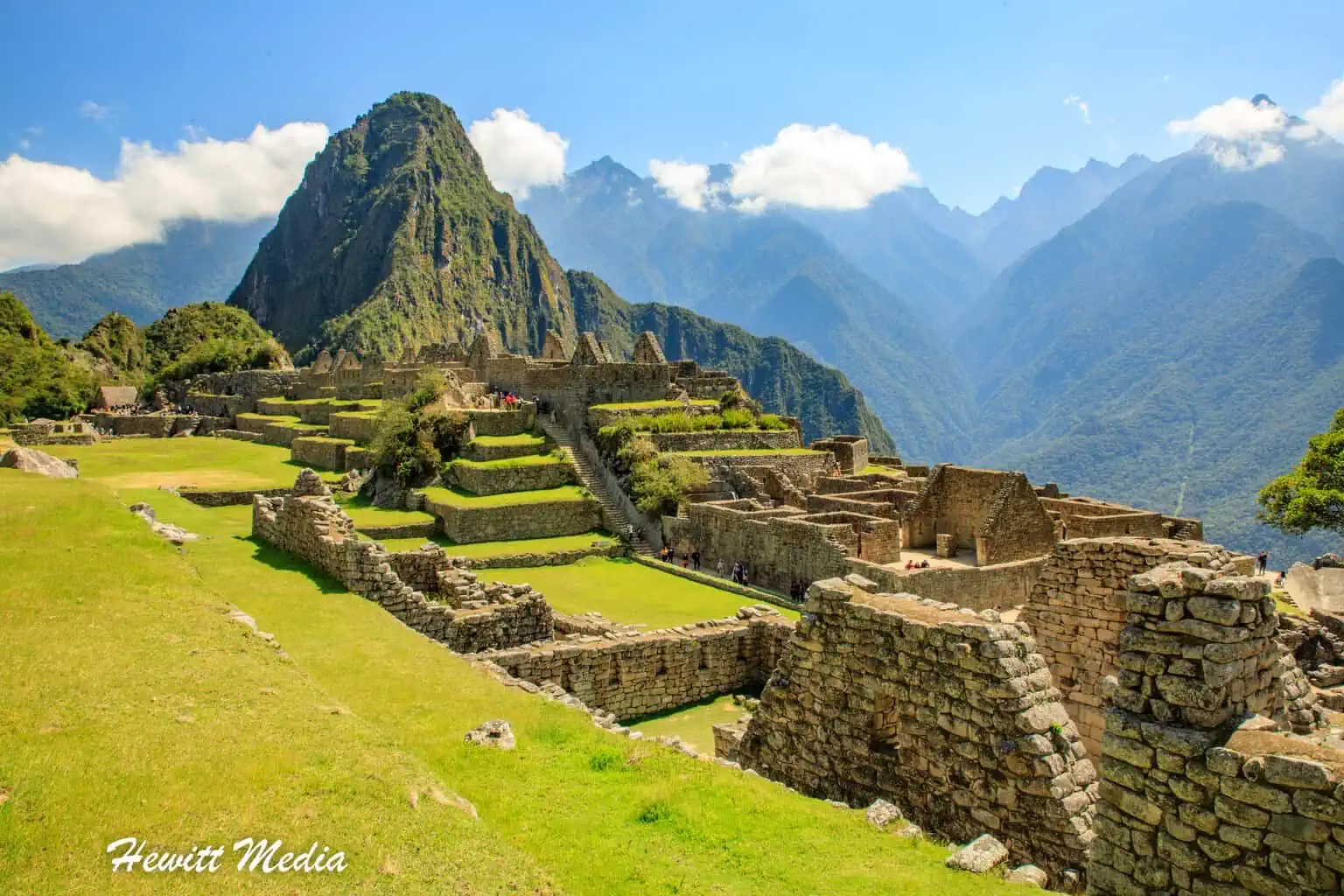
Before booking your tour of Machu Picchu, it is important to understand how the ticketing system for the site works. There are a limited number of people who are allowed to visit the site each day and visitors are split into two sessions and allowed to follow one of three different circuits within the ruins. Understanding the different sessions and circuits will help ensure that you get to visit the areas of the ruins that you would like to visit and during the time of day that you would prefer.
Limited Visitors Per Day
Each day, a total of 3,500 visitors are allowed to tour the ruins of Machu Picchu. This is designed to reduce the amount of destructive traffic within the site. What is important for you to know is that the number of people allowed entry into the site is limited, so you will want to make sure you book your tour well in advance of your visit.
Nine Entry Times Per Day
Arguably the biggest change that was implemented to the ticketing system in July of 2017 was the decision to limit visits to just half days. This was further refined starting in 2019 to split the visiting period up into three sessions. Then, this was refined a final time to include nine different entry times to stagger the amount of people on the site at any one time. These entry times are listed below for you to review.
- Entry 1: 6:00am
- Entry 2: 7:00am
- Entry 3: 8:00am
- Entry 4: 9:00am
- Entry 5: 10:00am
- Entry 6: 11:00am
- Entry 7: 12:00pm
- Entry 8: 1:00pm
- Entry 9: 2:00pm
Three Circuits to Choose From
Not only are the daily tickets broken up into morning and afternoon sessions, but these sessions are further divided into three circuits. Again, this decision was made to limit the amount of destructive traffic within the site. Splitting the visitors up into different circuits prevents heavy traffic from building up in certain areas and reduces the urge for visitors to go off track to avoid congestion.
To assist you in understanding the three circuits that are available to choose from, I have included a map below that outlines the routes of all three circuits. The map also includes some of the most popular tourist spots in the ruins to help you decide which route is best for you. Circuits 1 and 2 are the longer walking routes, while circuit 3 is more abbreviated. If you are looking for the money shot of the ruins that I used as the first photo in this guide, that was taken at the Guardhouse (which is item #1 on the map below).

Climbing Huayna Picchu
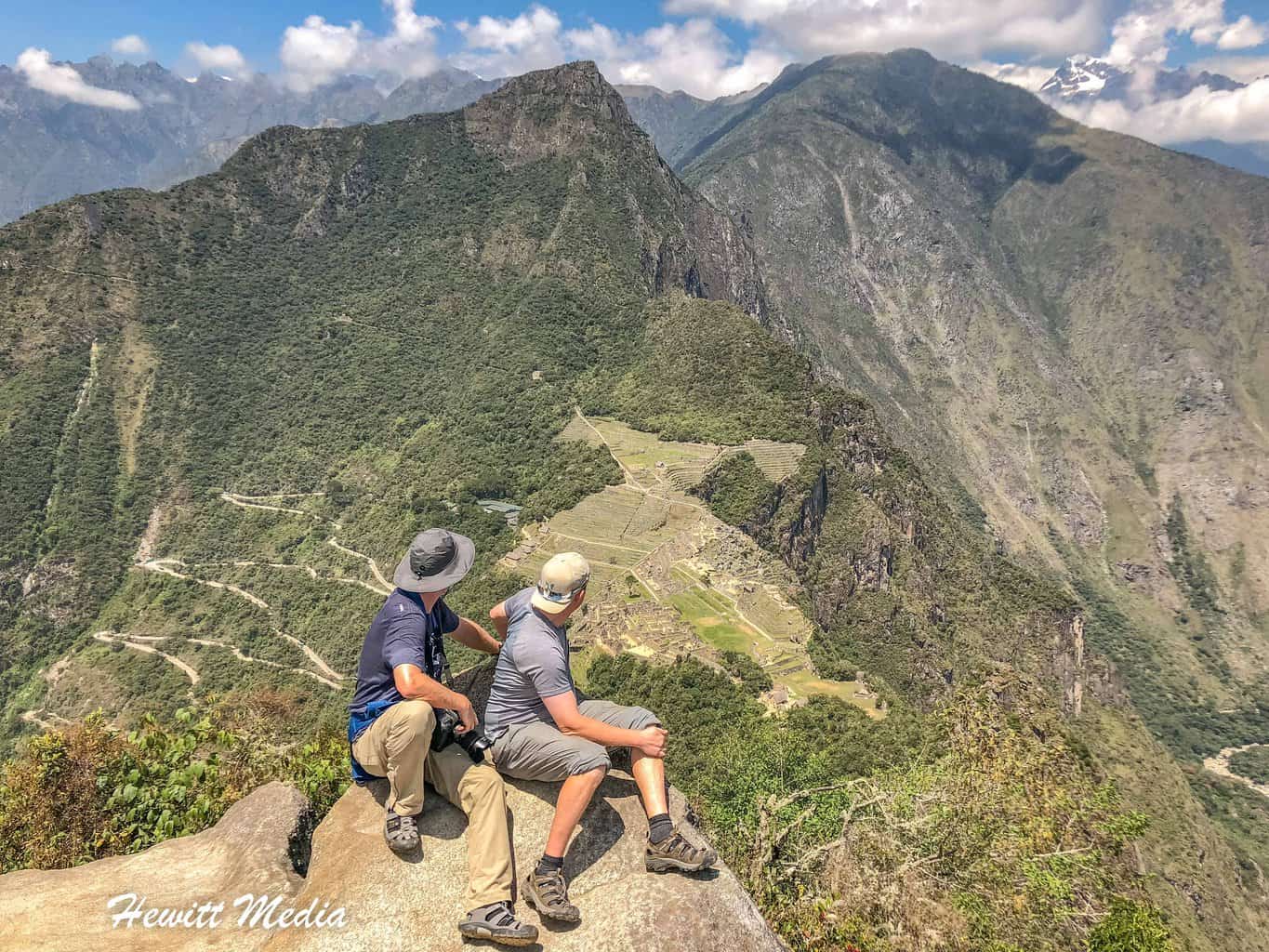
For those travelers who are looking for some added adventure when visiting Machu Picchu, there is an option to climb Huayna Picchu, which is the peak you can see behind the ruins in all of the famous pictures of Machu Picchu (like the one below). Also referred to as Wayna Picchu, the climb of Huayna Picchu is not for the faint of heart.
It takes only about 45-60 minutes to reach the summit, but parts of the trail are almost straight up. It gets so steep at points that you are climbing the steps more like a ladder than you are on regular steps. If you are interested in climbing Huayna Picchu, I would make sure you reserve your spot well ahead of time. Only 200 people are allowed to climb to the top during the morning and afternoon sessions, so the number of spots available is really limited.
For more details on obtaining a permit to climb Huayna Picchu or visit the Inca Bridge, please see the Machu Picchu Ticket website.
Machu Picchu Photography Advice
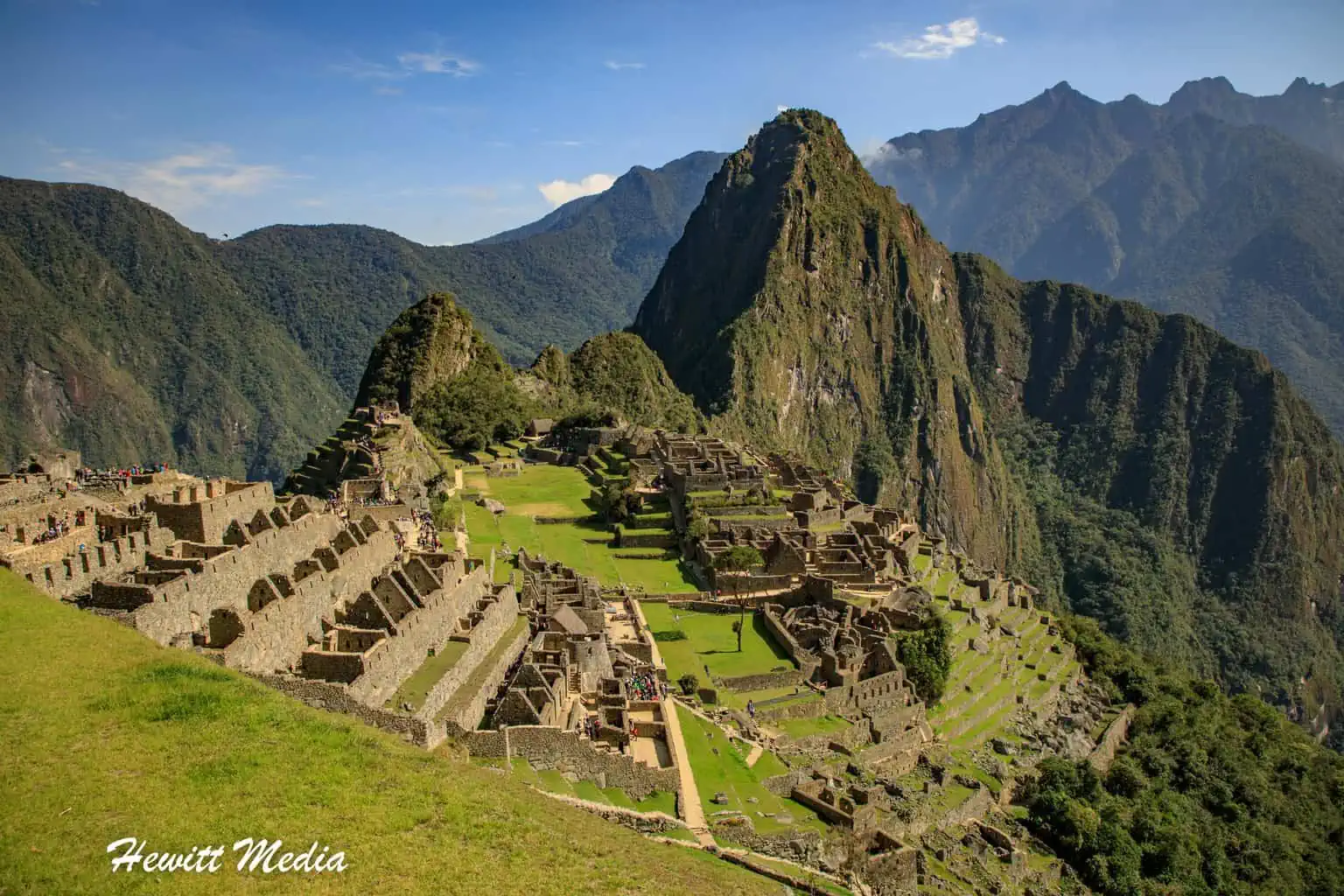
Machu Picchu is such an incredibly beautiful and moving place that you are guaranteed to want to take plenty of photographs when you visit. While beautiful, it can also be a challenging place to photograph. Between navigating the rules of the site to finding the best locations to snap your shots, there is a lot to consider. For some tips and tricks on how to get the best photographs during your visit to Machu Picchu, I would suggest using my Machu Picchu Photography Guide, which I have linked to in my Machu Picchu visitor guide below.
| READ MORE: | |
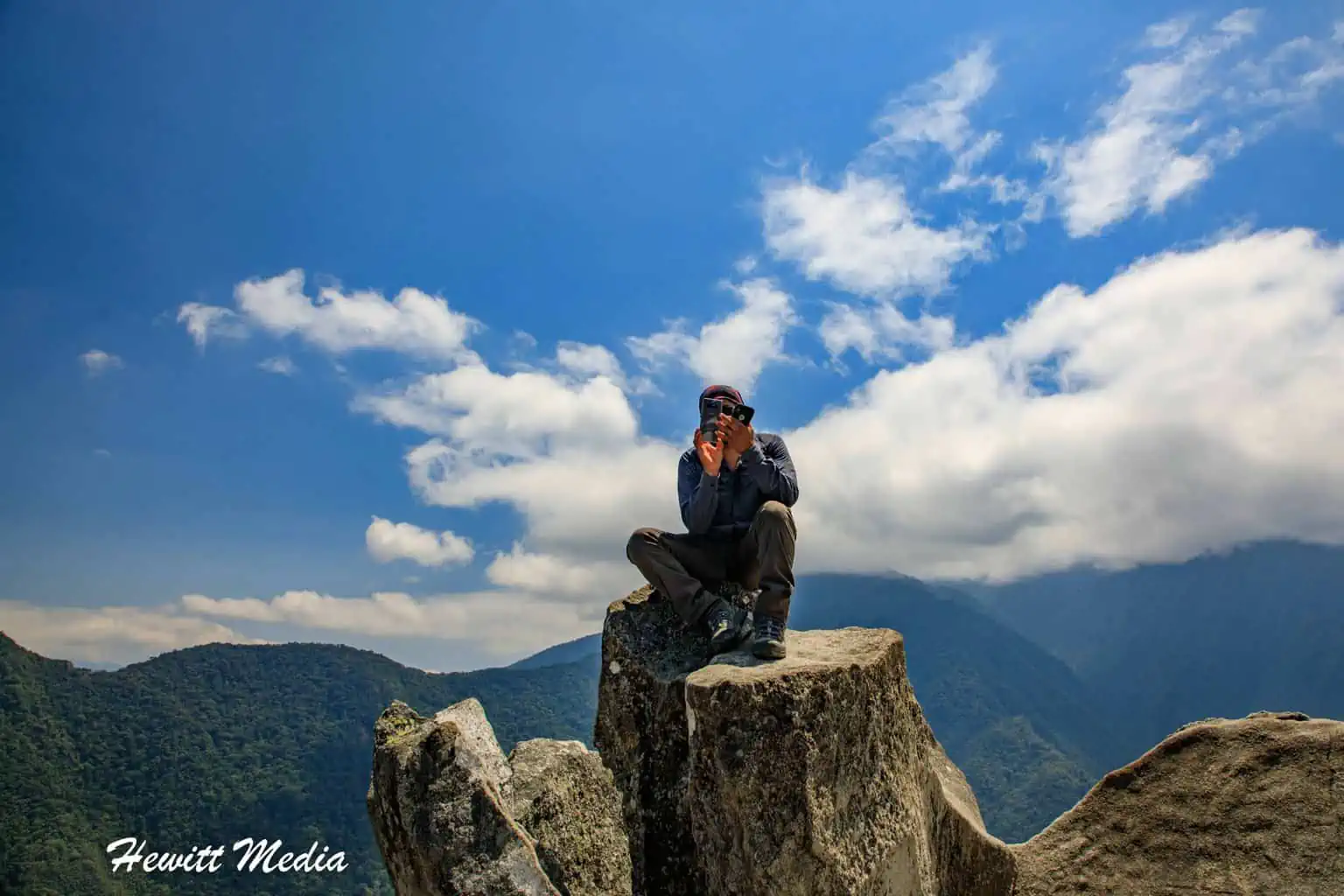 | |
| Machu Picchu Photography Guide |
My Visit to Machu Picchu
Visiting Machu Picchu was one of the most amazing experiences of my life. It is hard to put into words just how incredible the experience is, so I will let a video do the talking for me. If you would like to get a better idea of what it is like to visit Machu Picchu, I have included a short video from my visit in my Machu Picchu visitor guide below for you to view.
Machu Picchu Photo Gallery
It is hard to visit an incredible place like Machu Picchu and not come away with some incredible photographs. Below is a gallery of just some of the amazing pictures I was able to take during my visit.
If you would like to see more of my travel photography, I would also encourage you to give me a follow on Instagram. Putting this blog together to pass on my free guides, itineraries, and travel photography tips is a lot of work and your support in the form of a follow-on Instagram would be so very much appreciated!
FOLLOW ME!
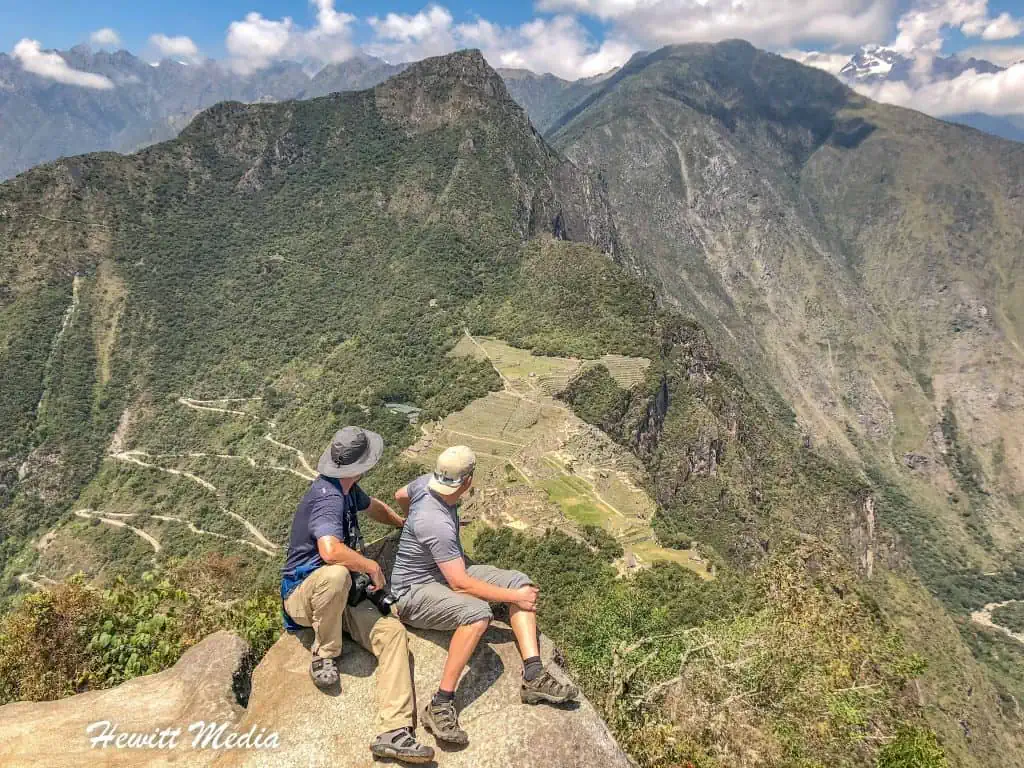
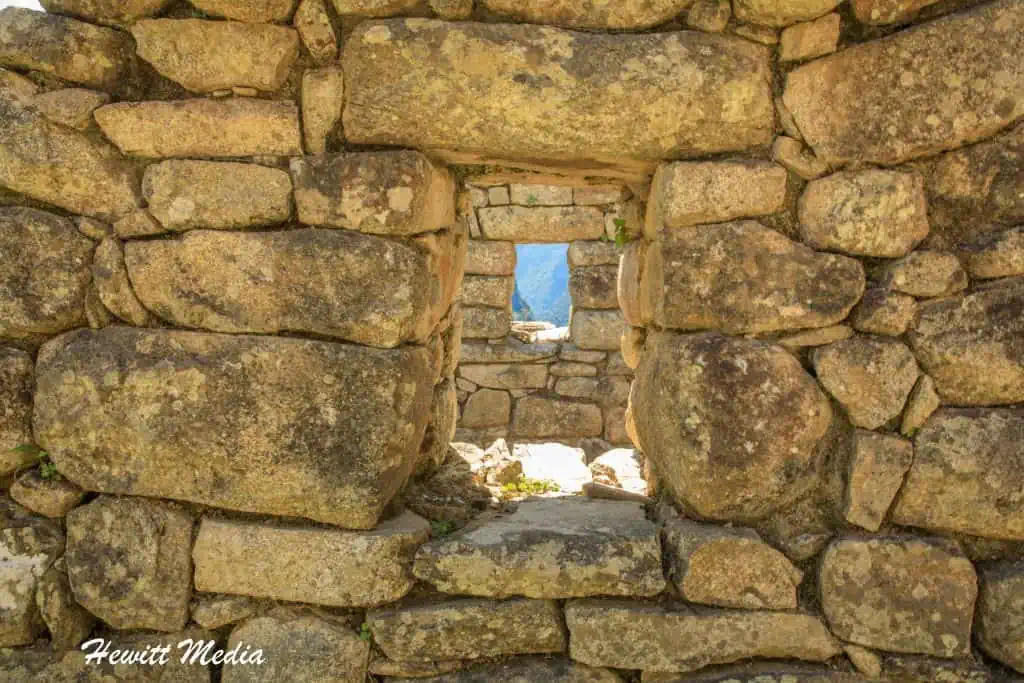
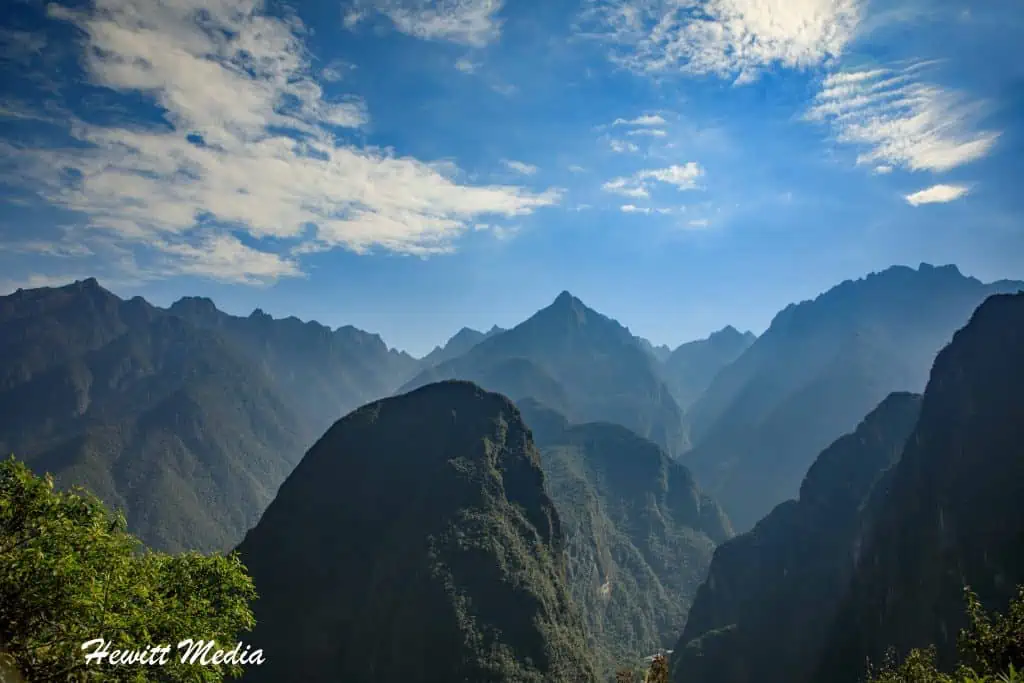
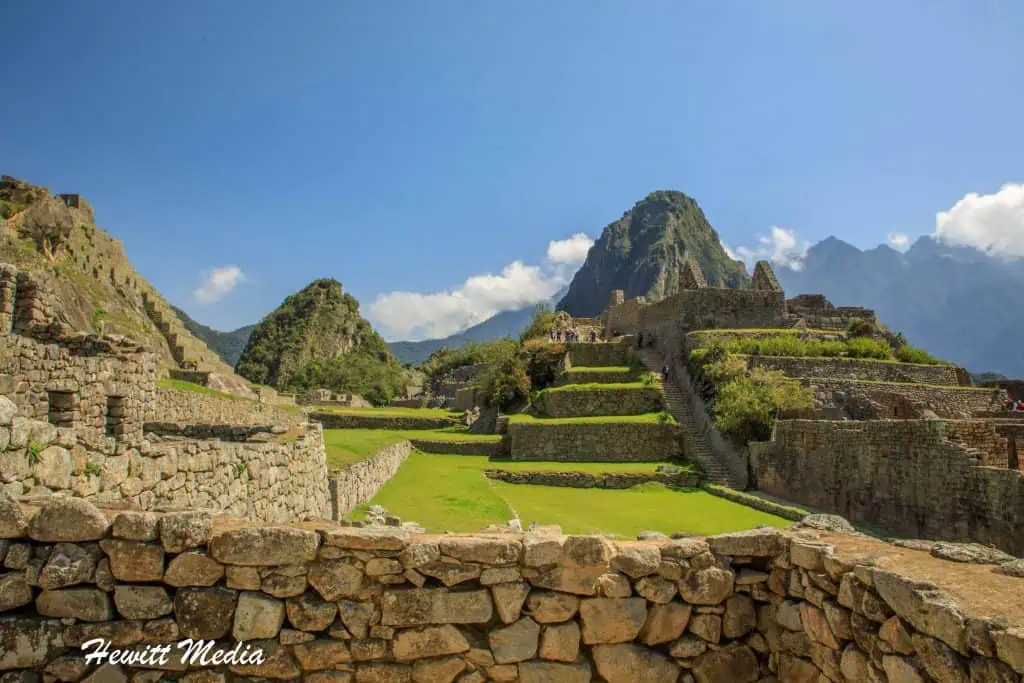
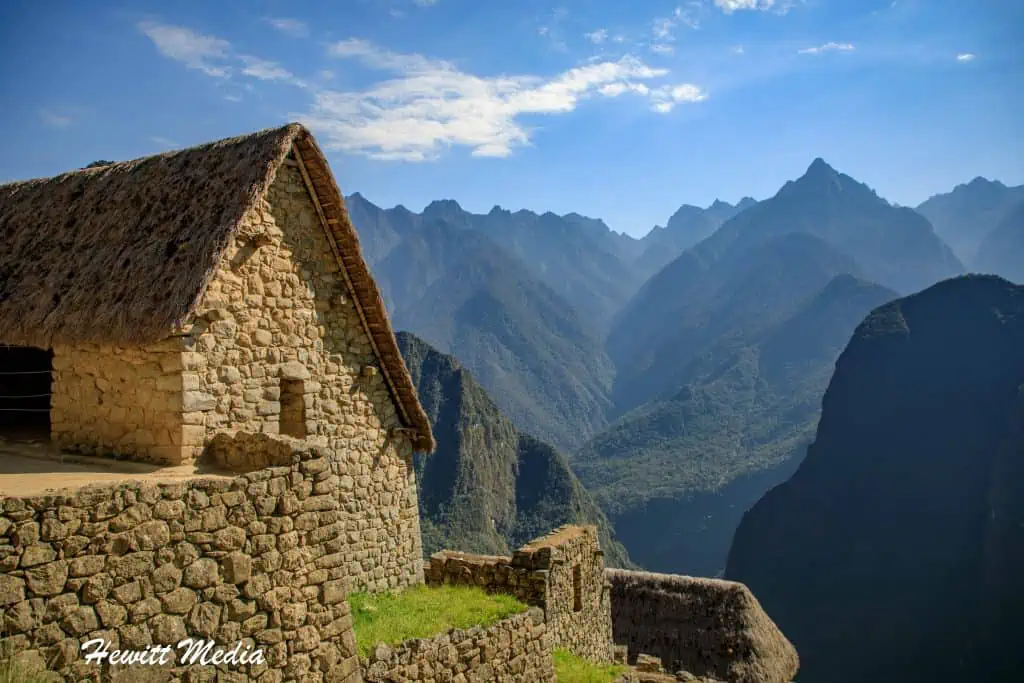
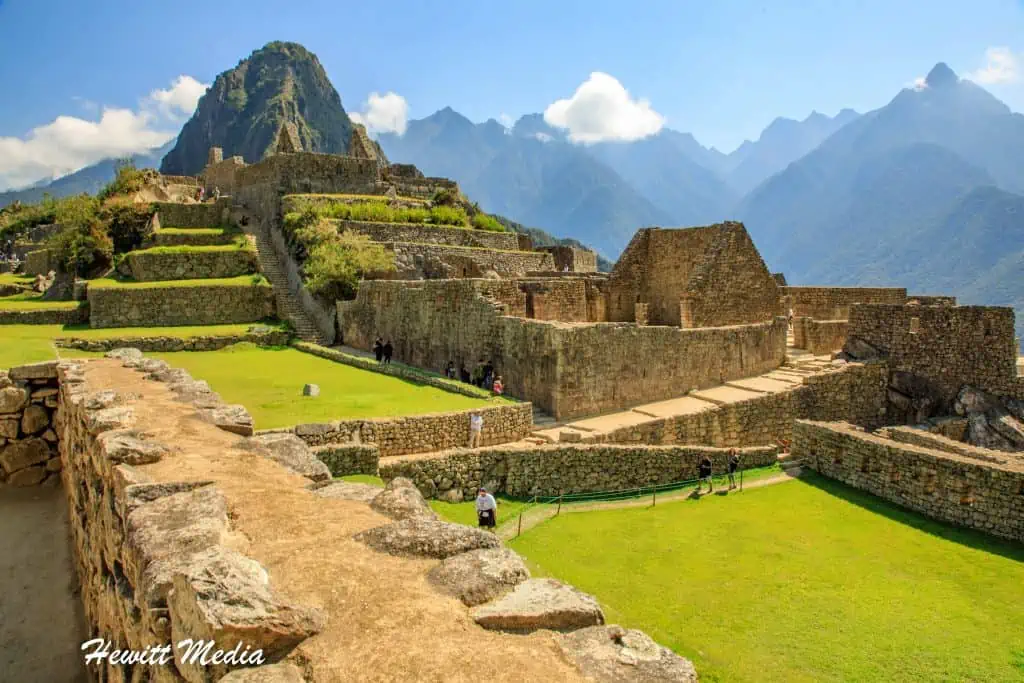
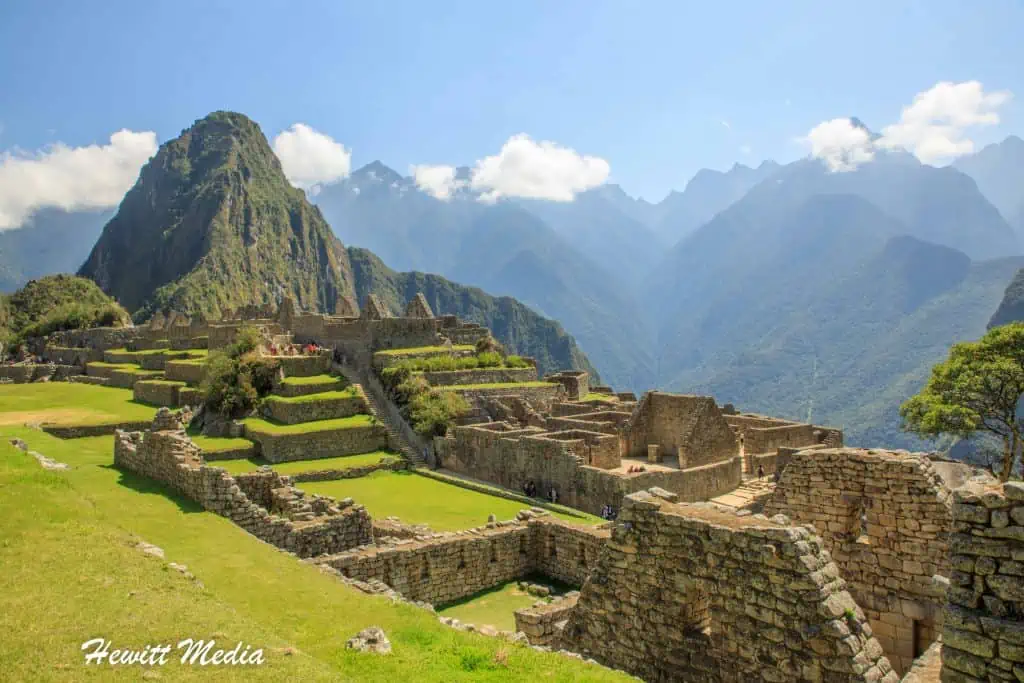
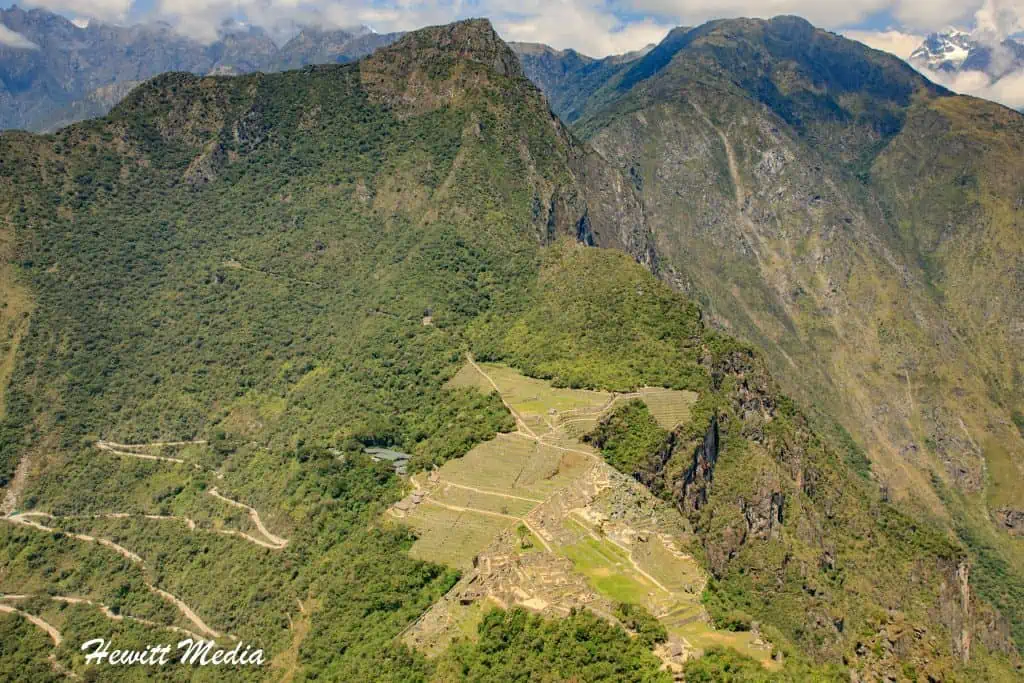
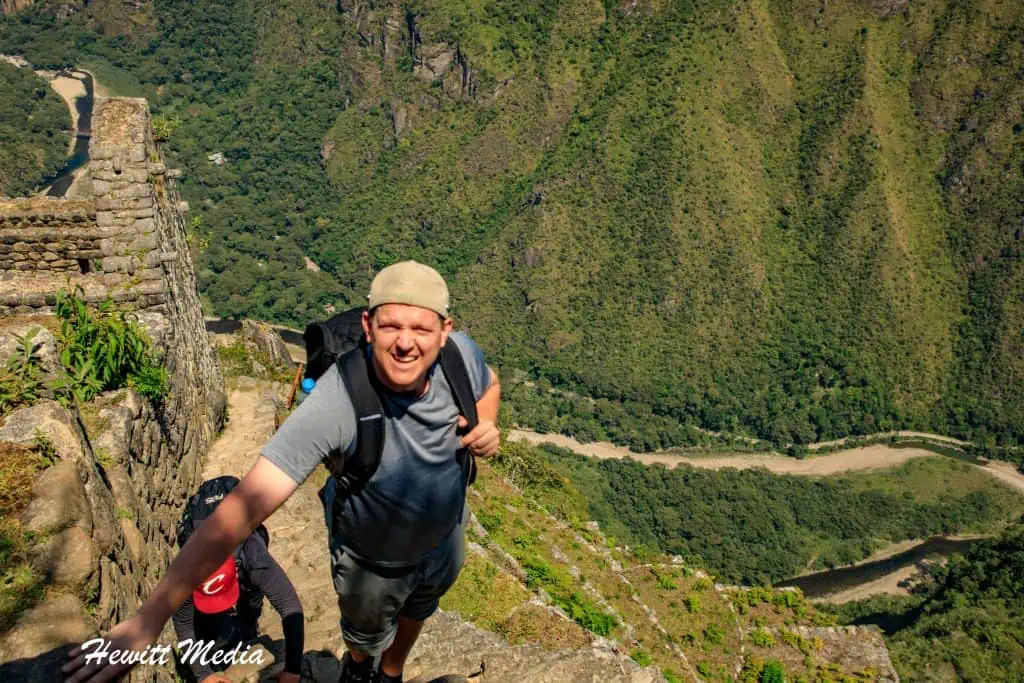
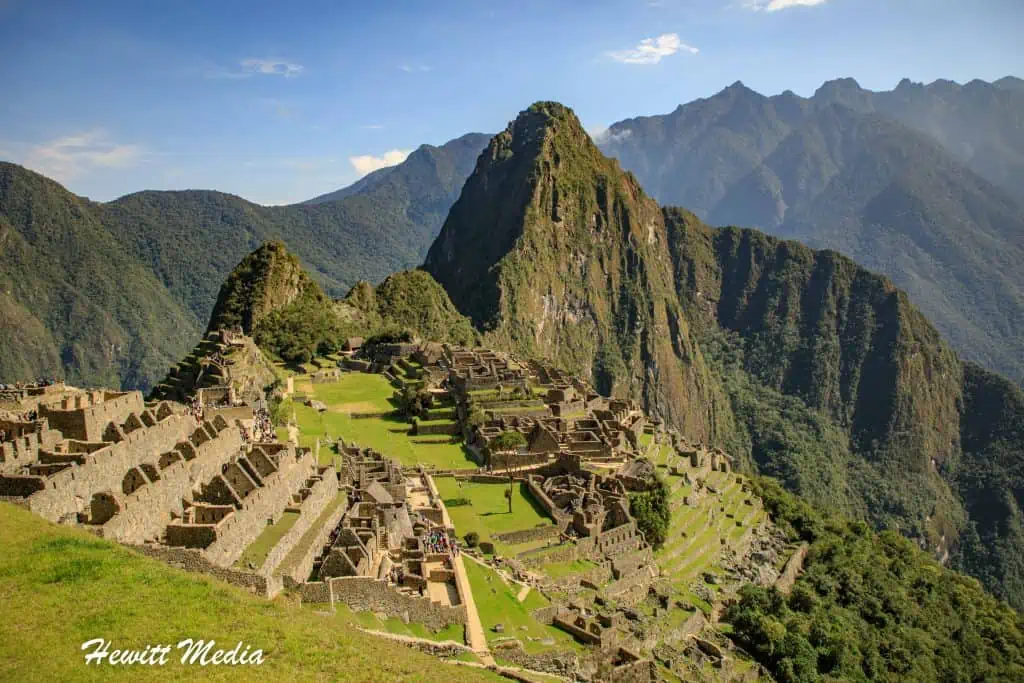
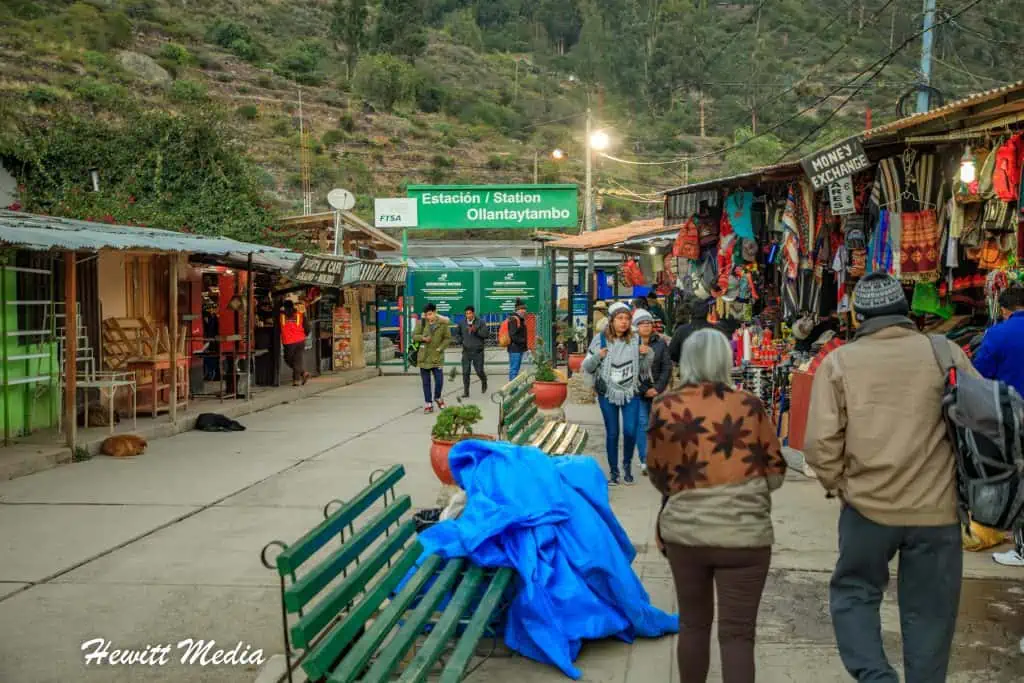

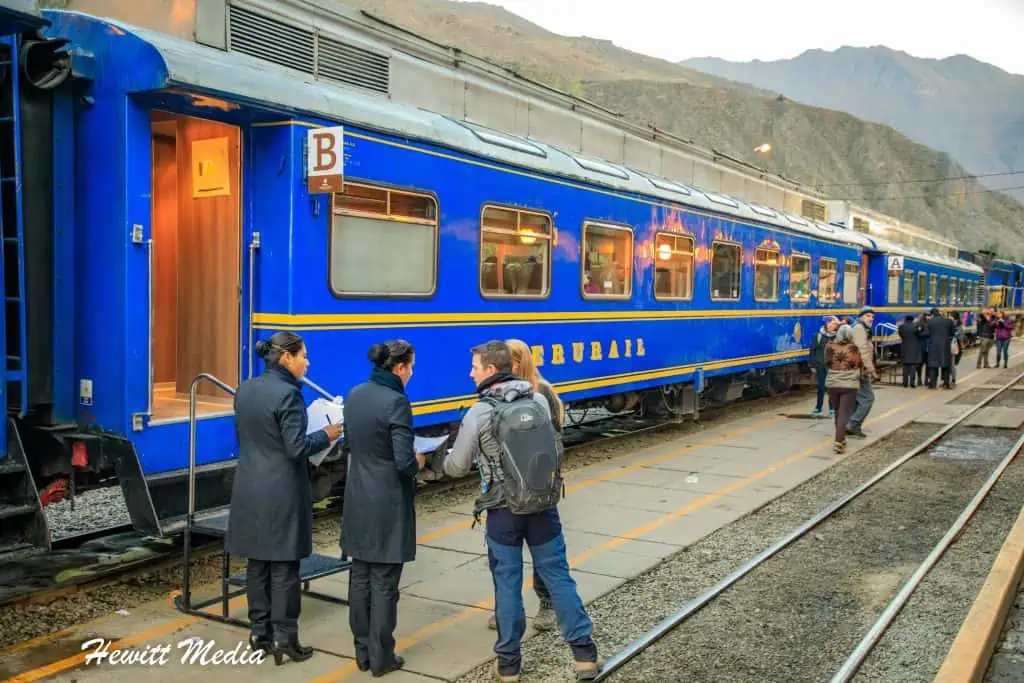
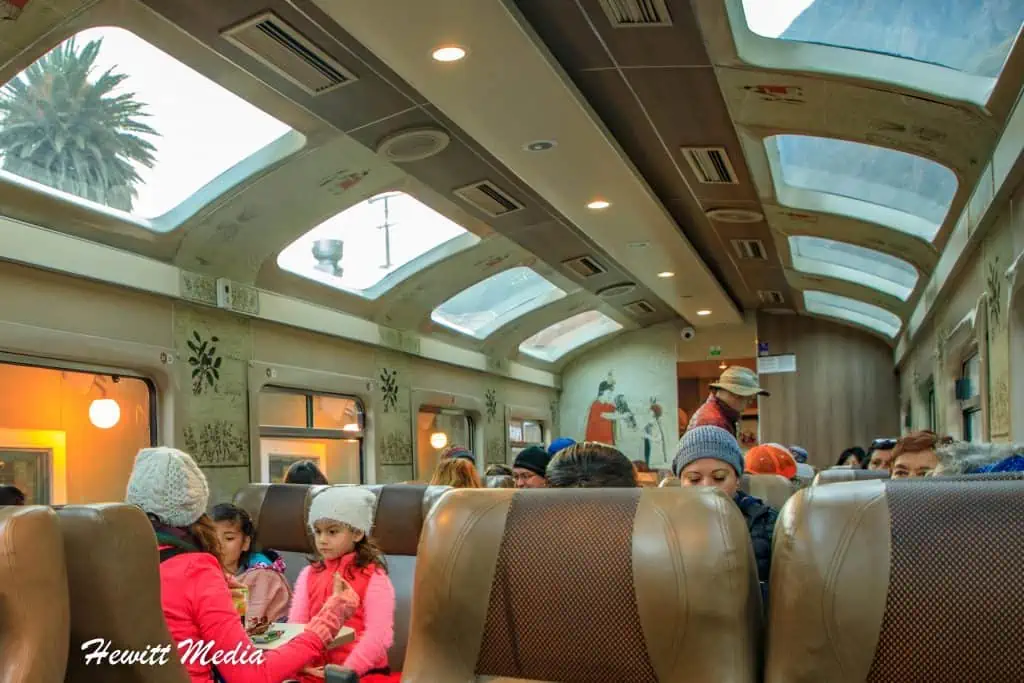
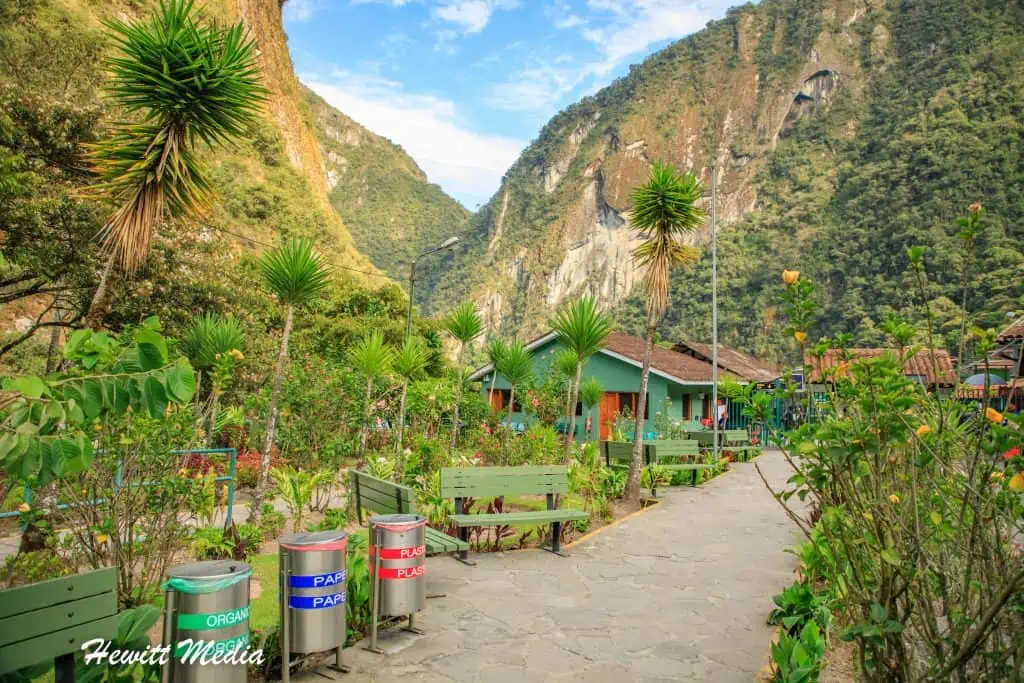
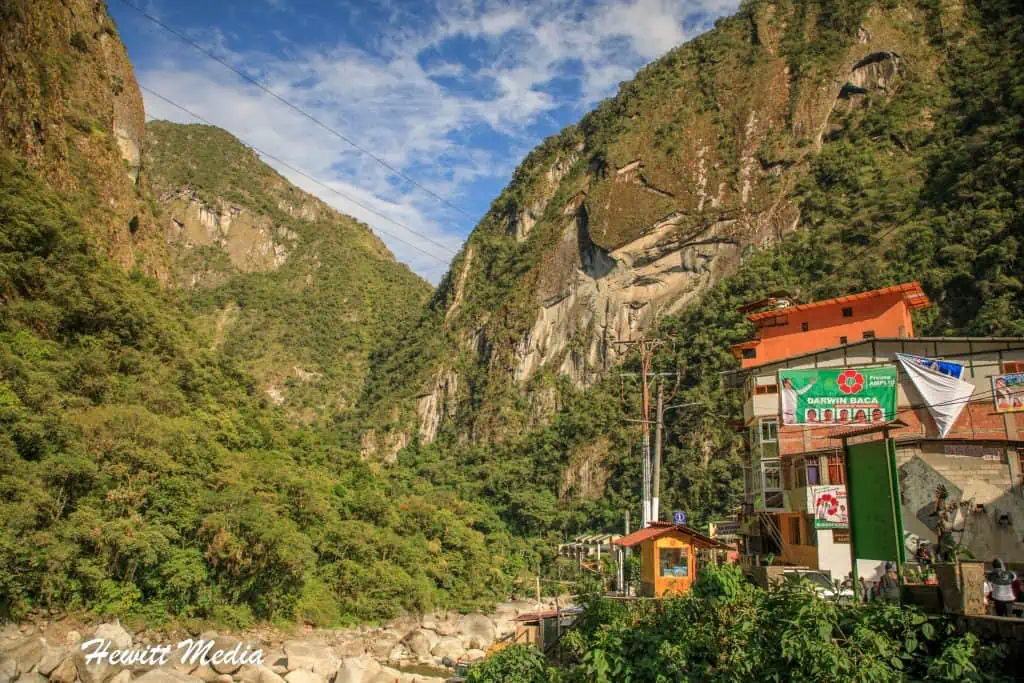
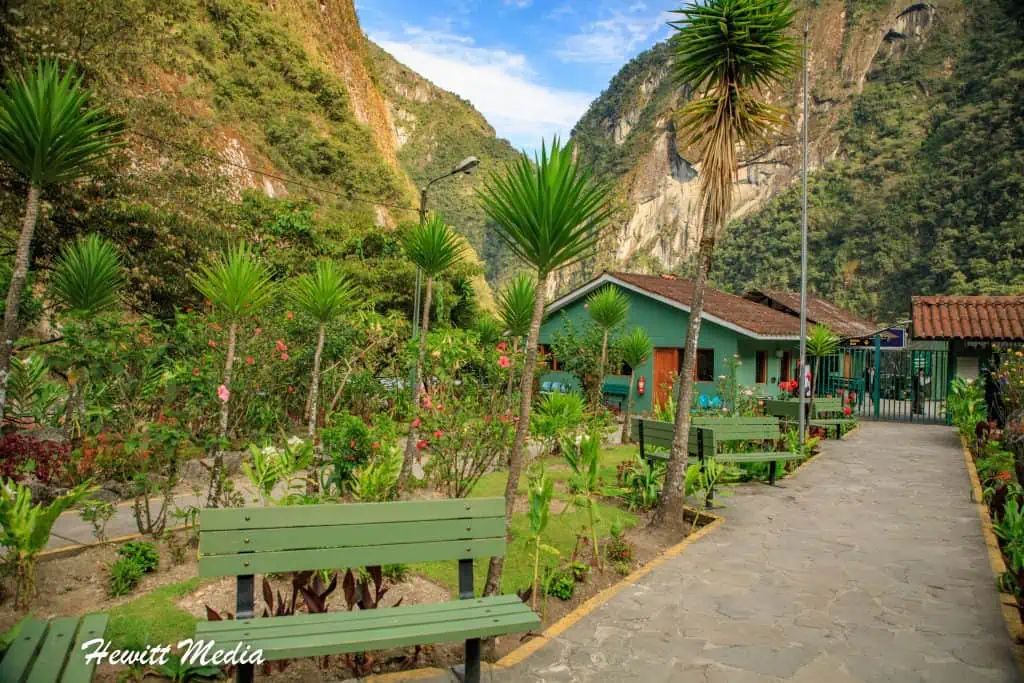
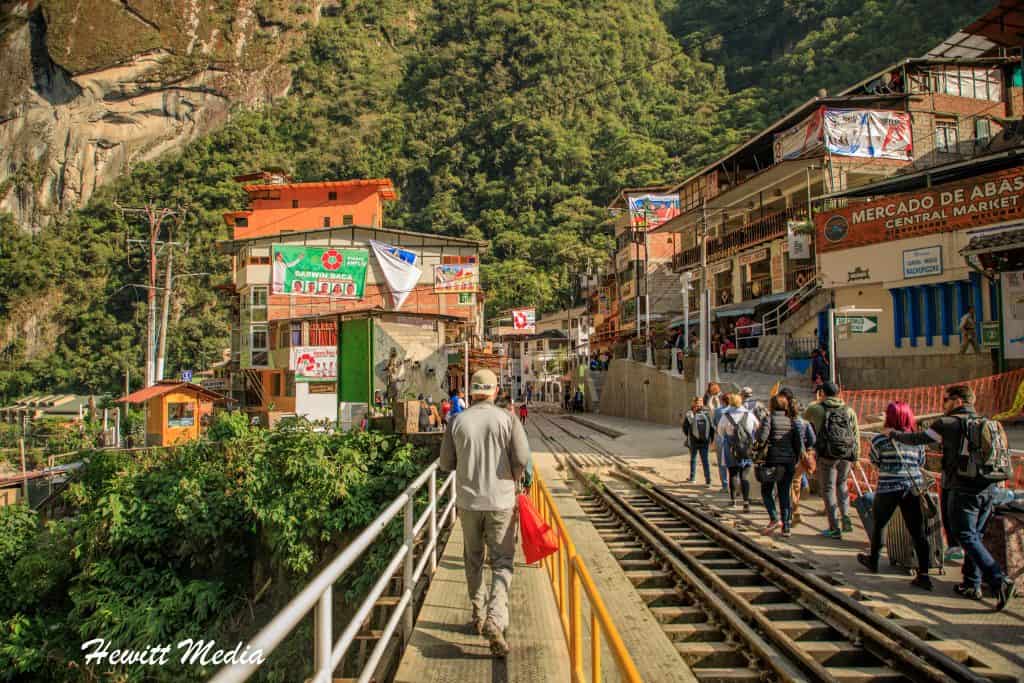
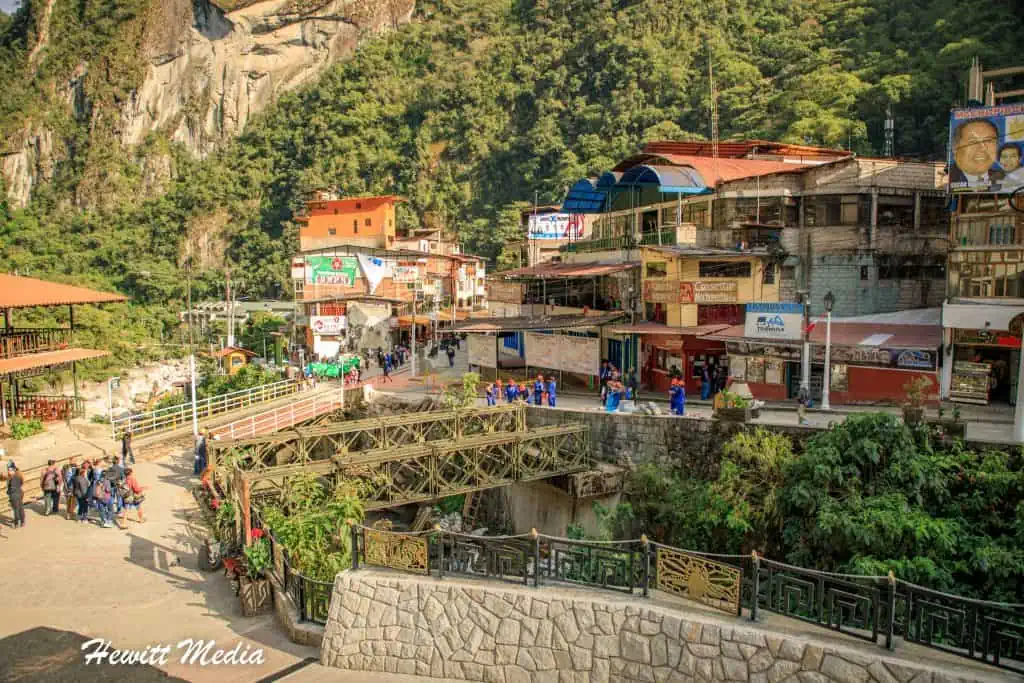
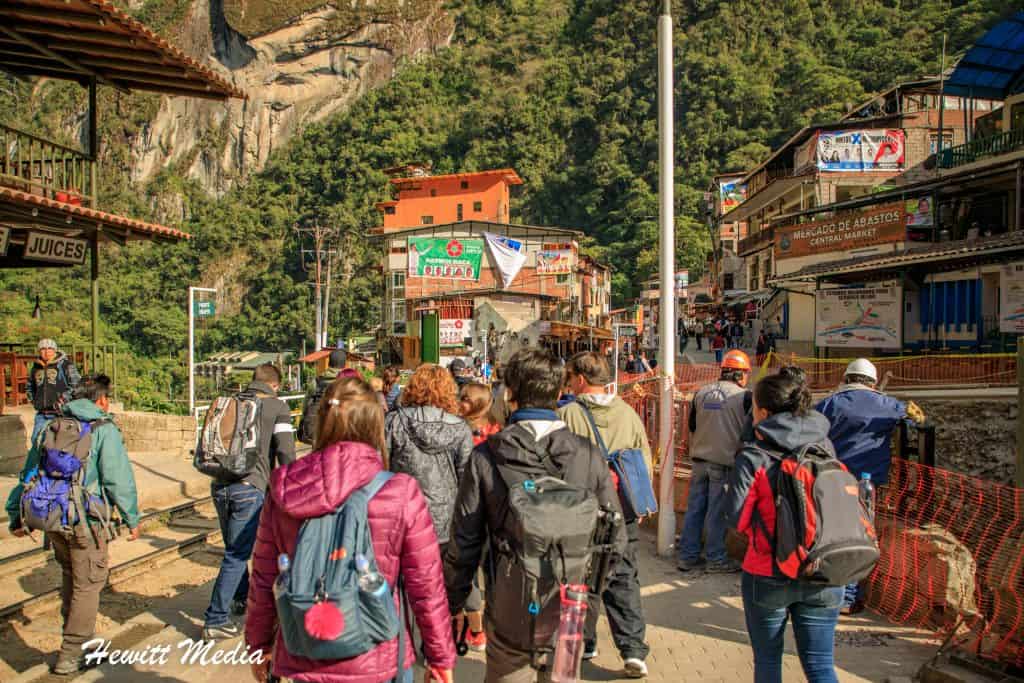
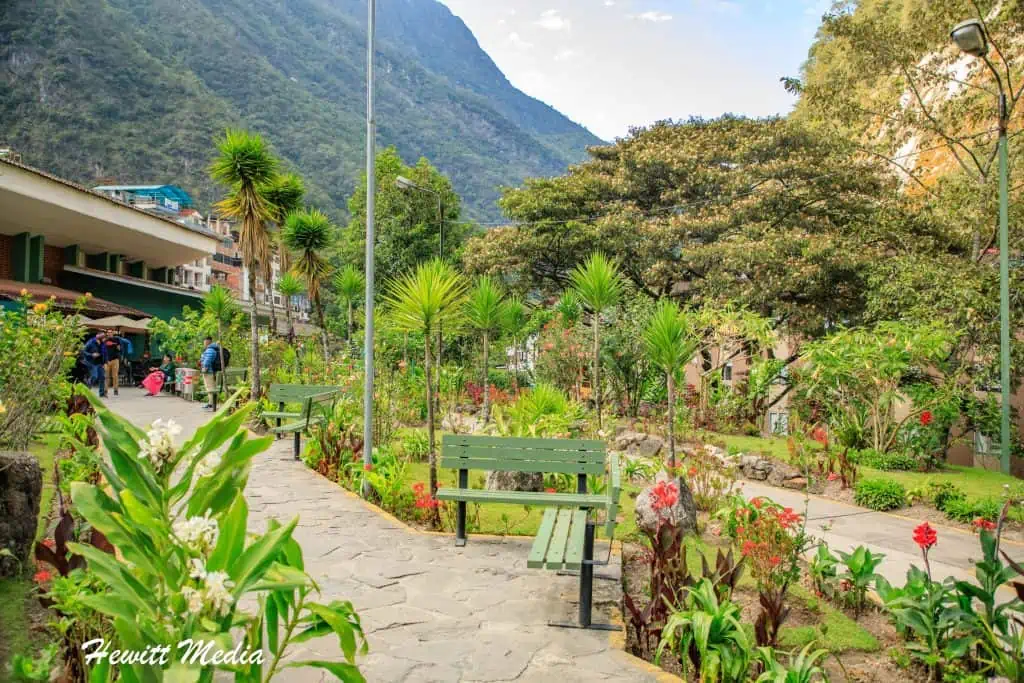
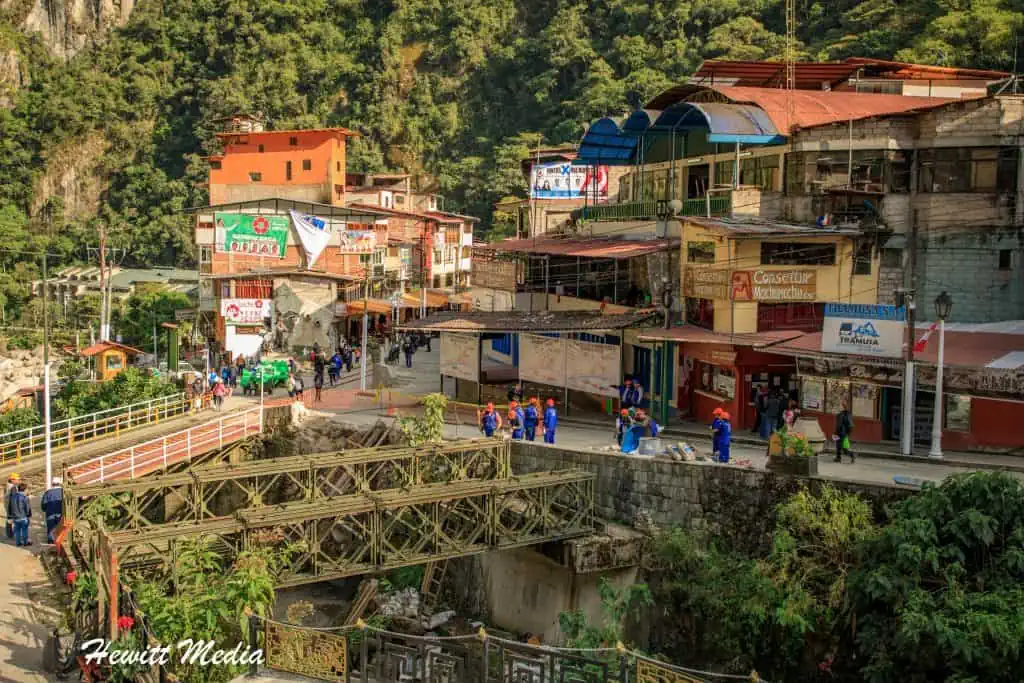


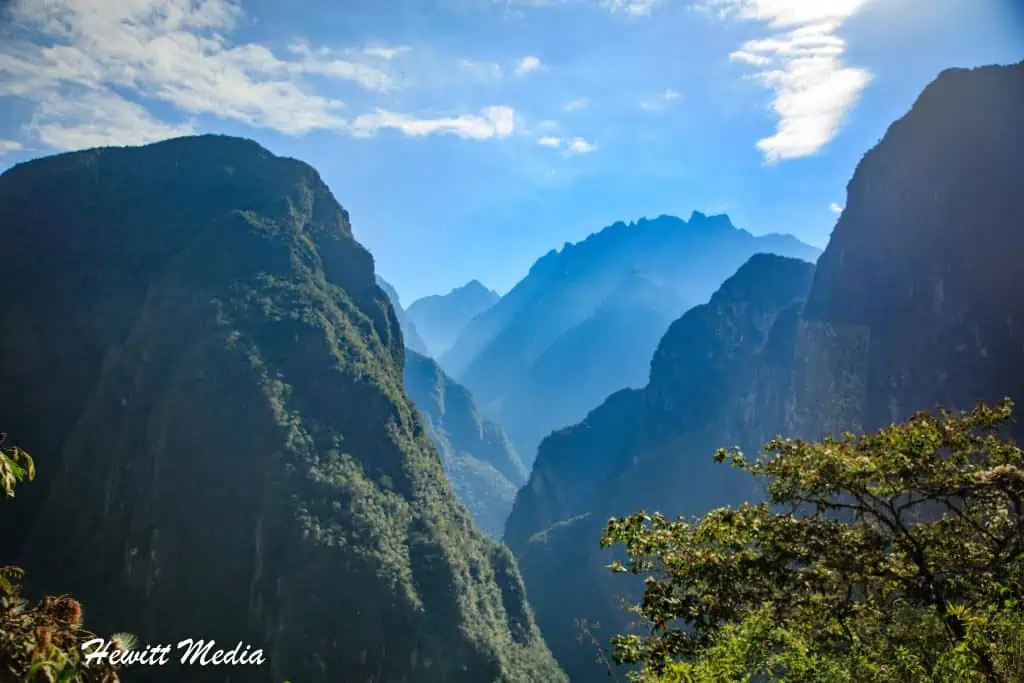

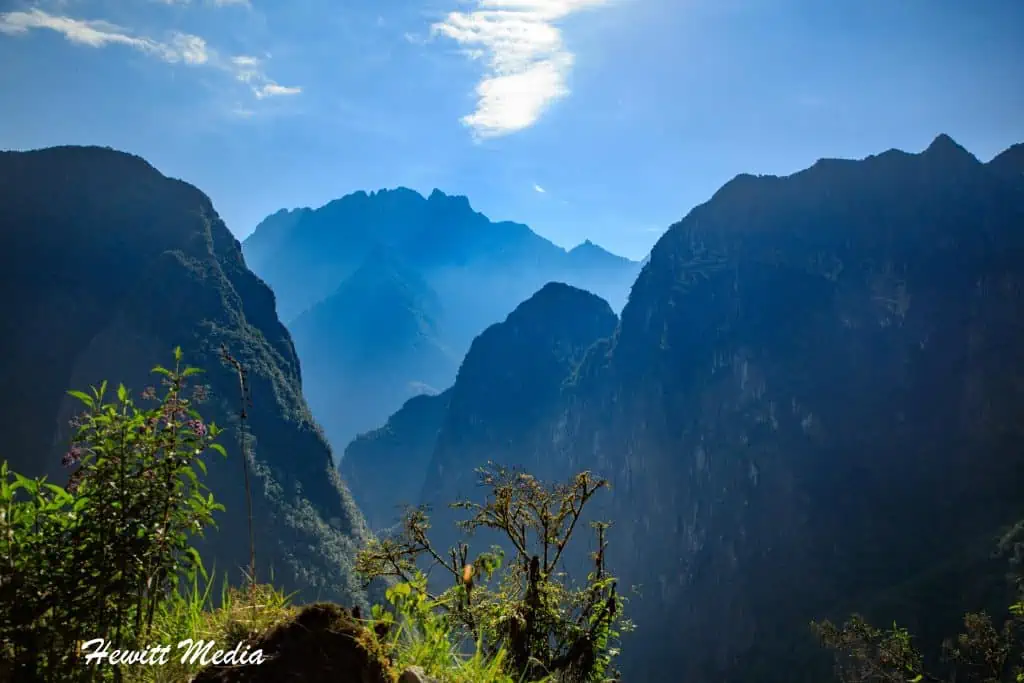

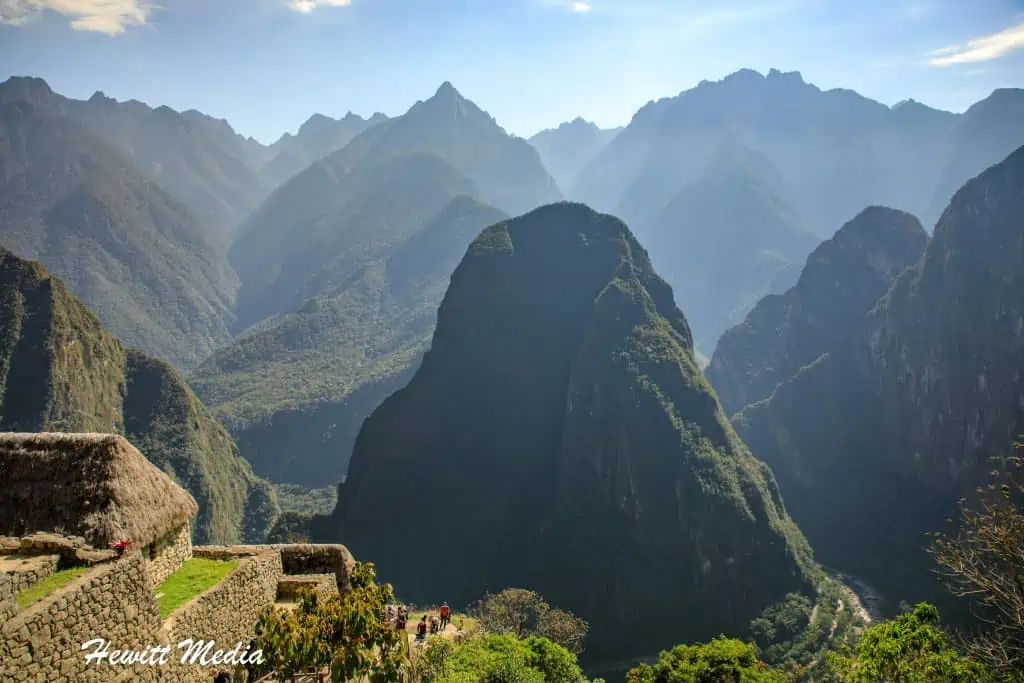
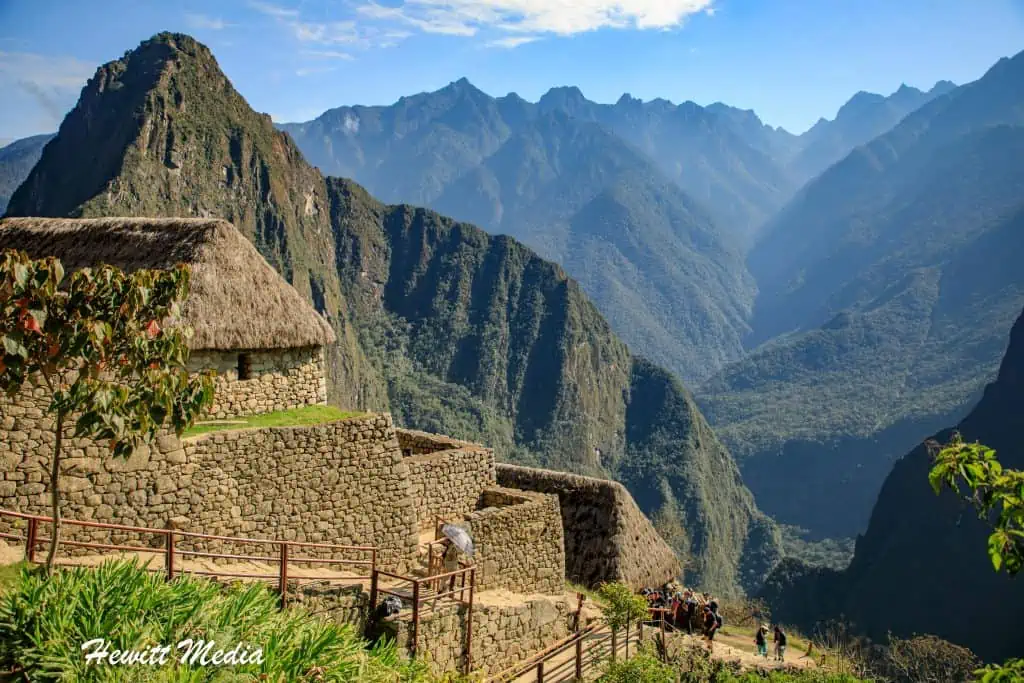

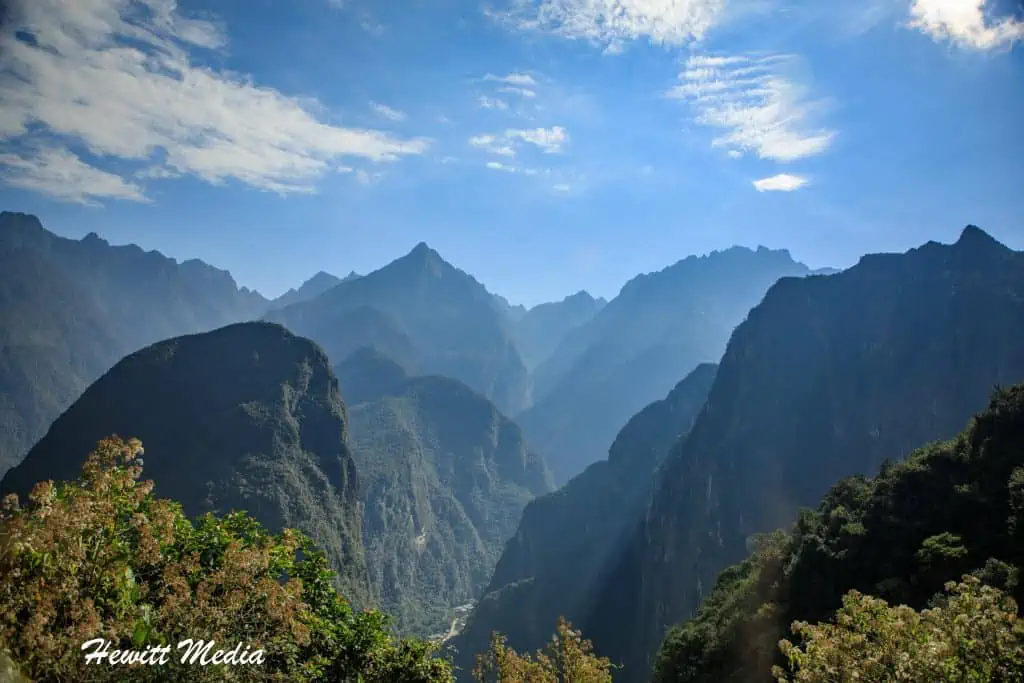
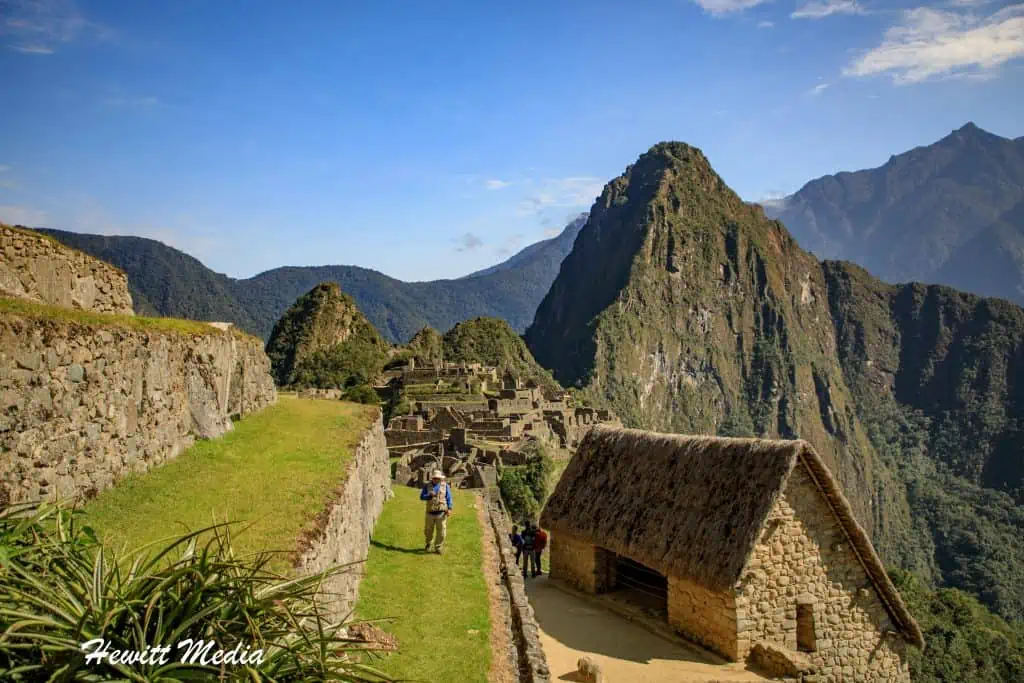
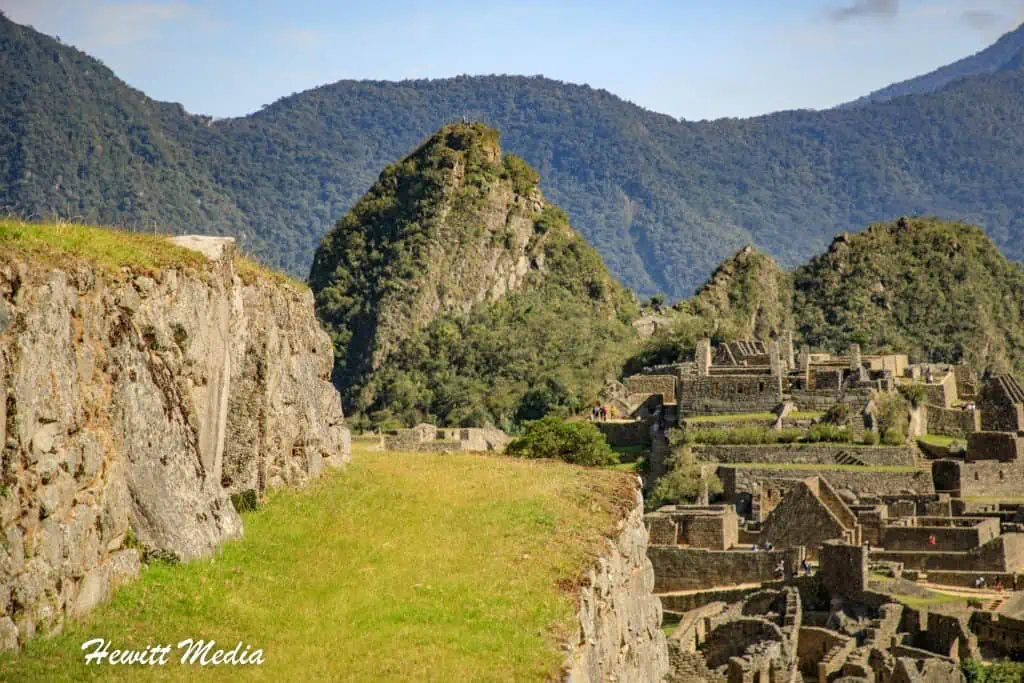
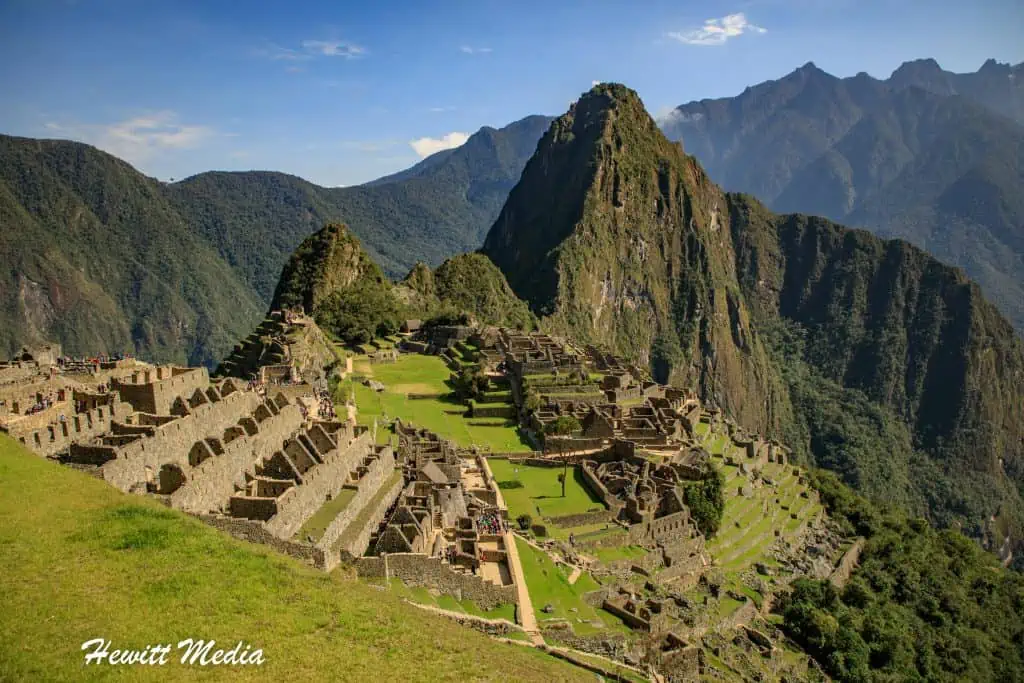
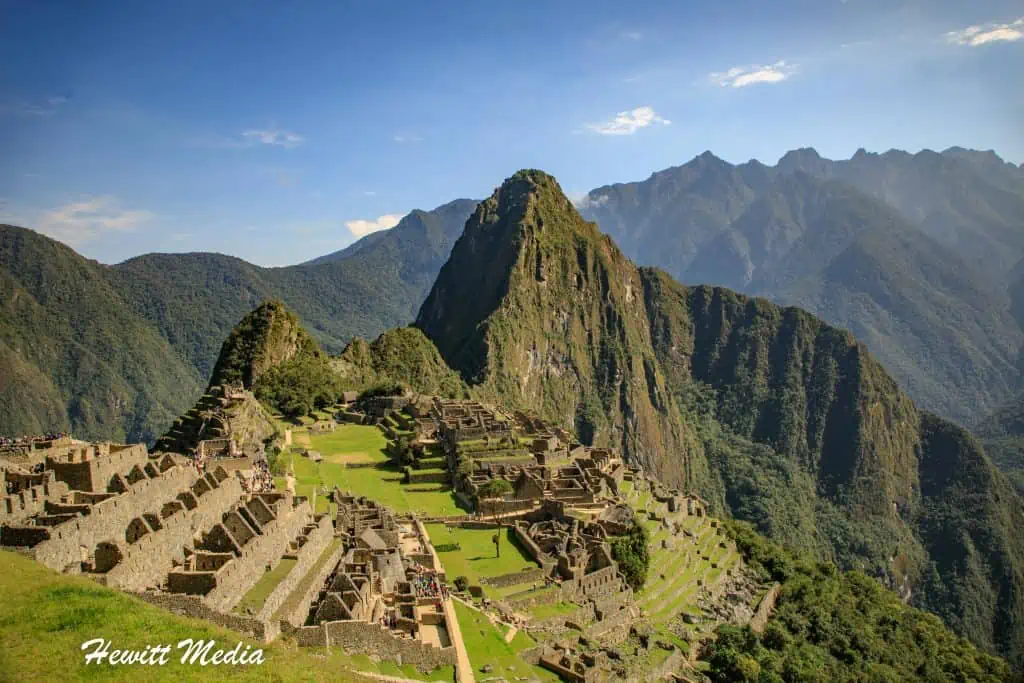

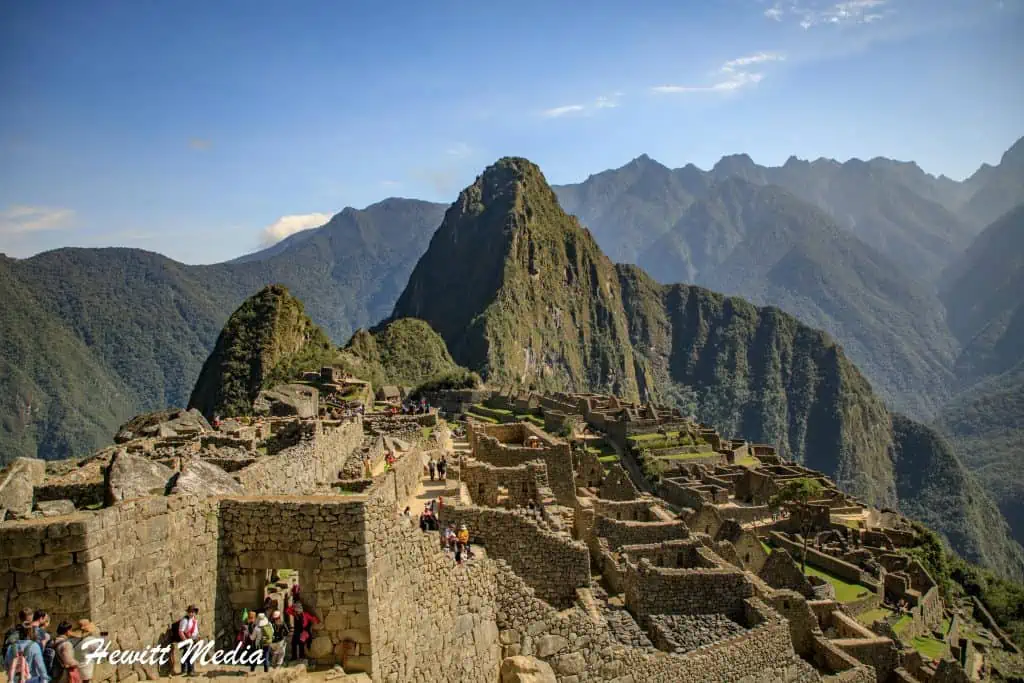
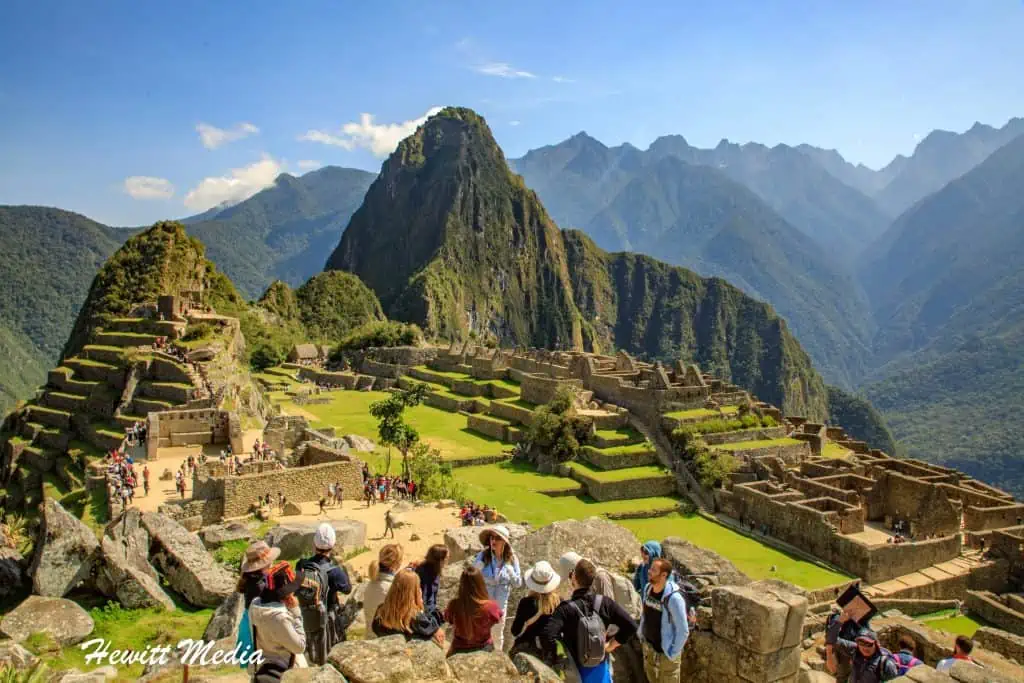
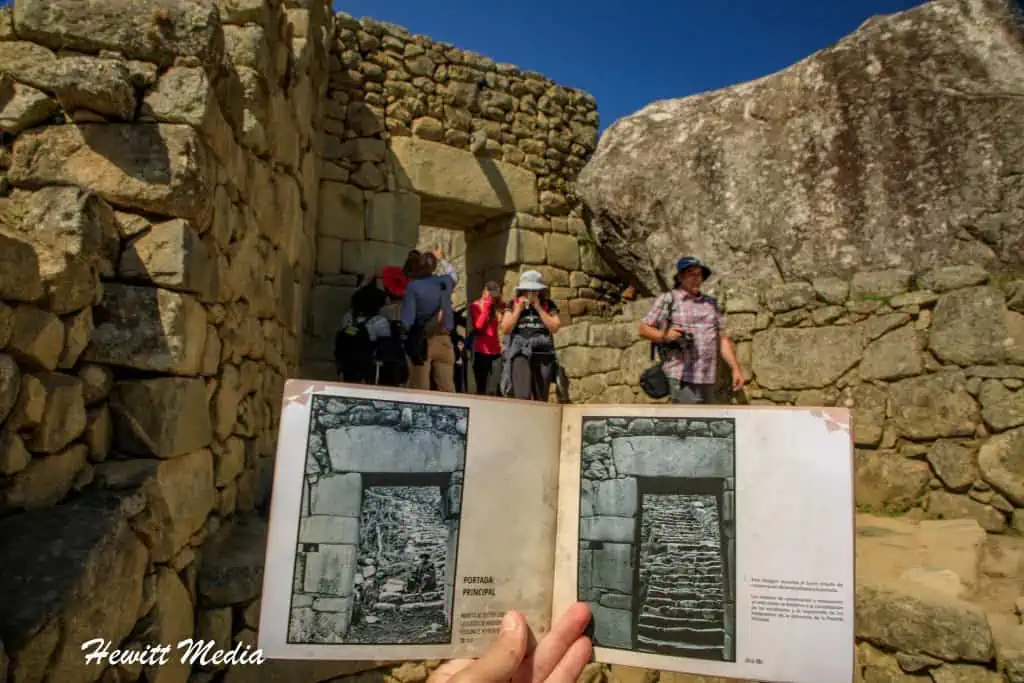

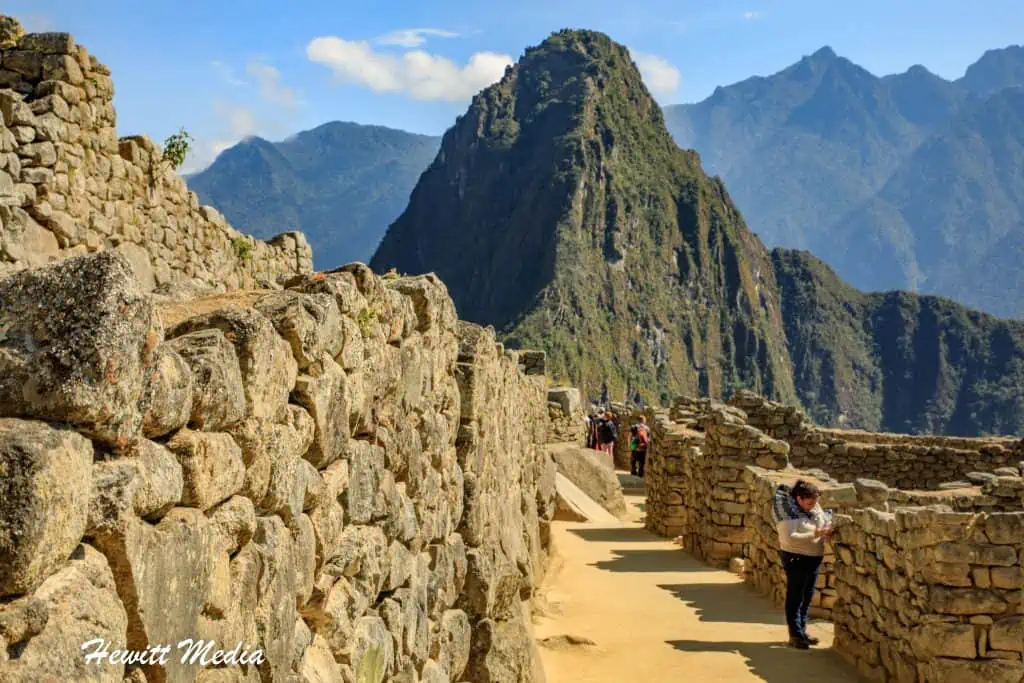
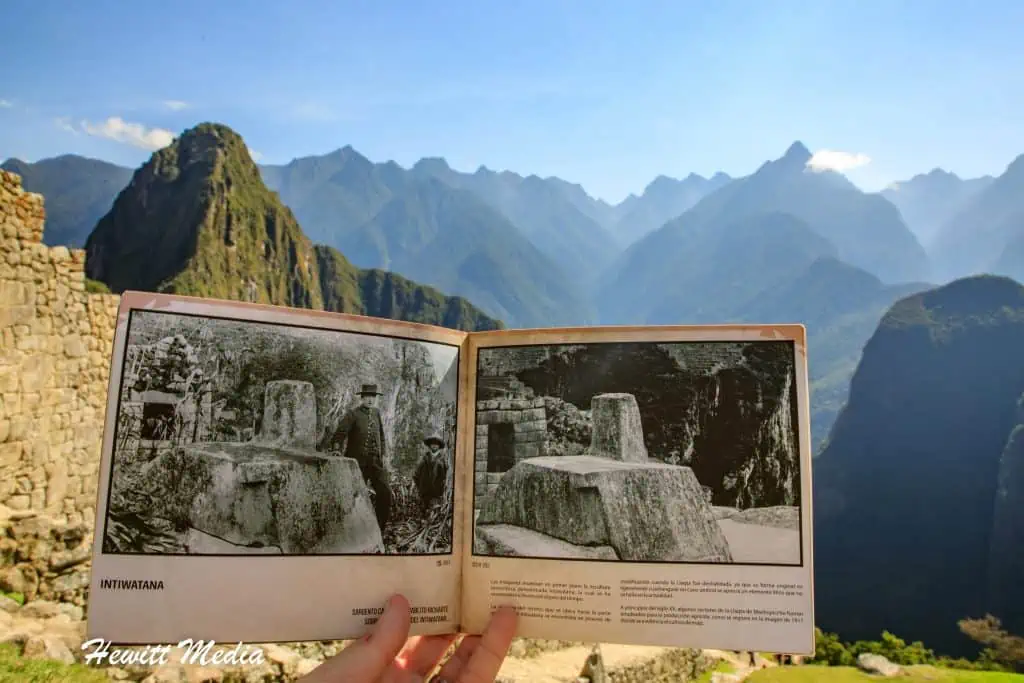



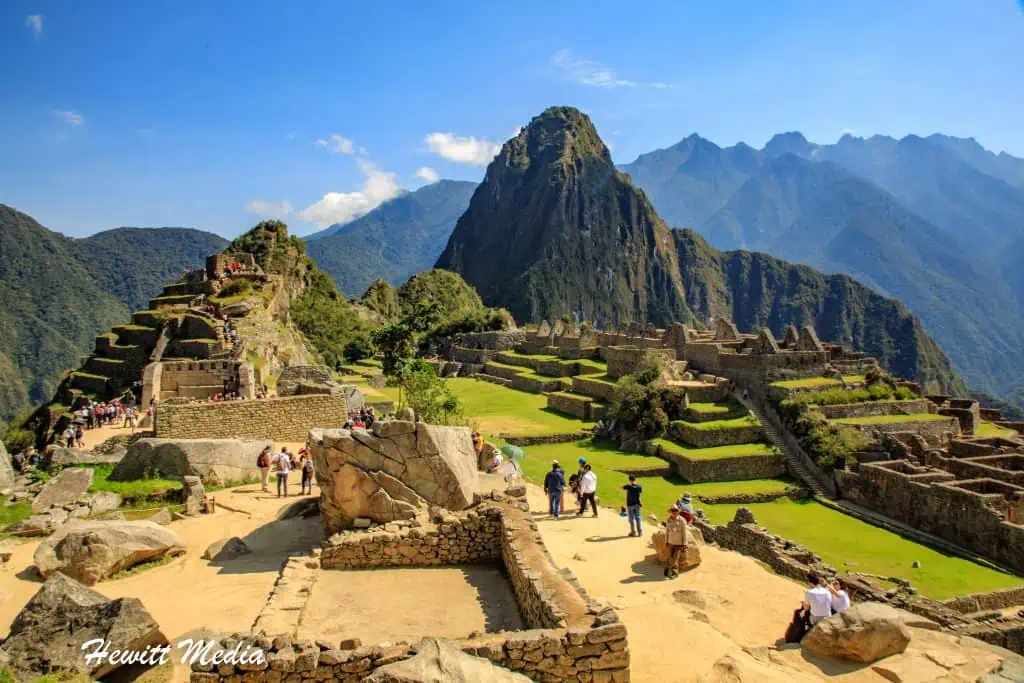
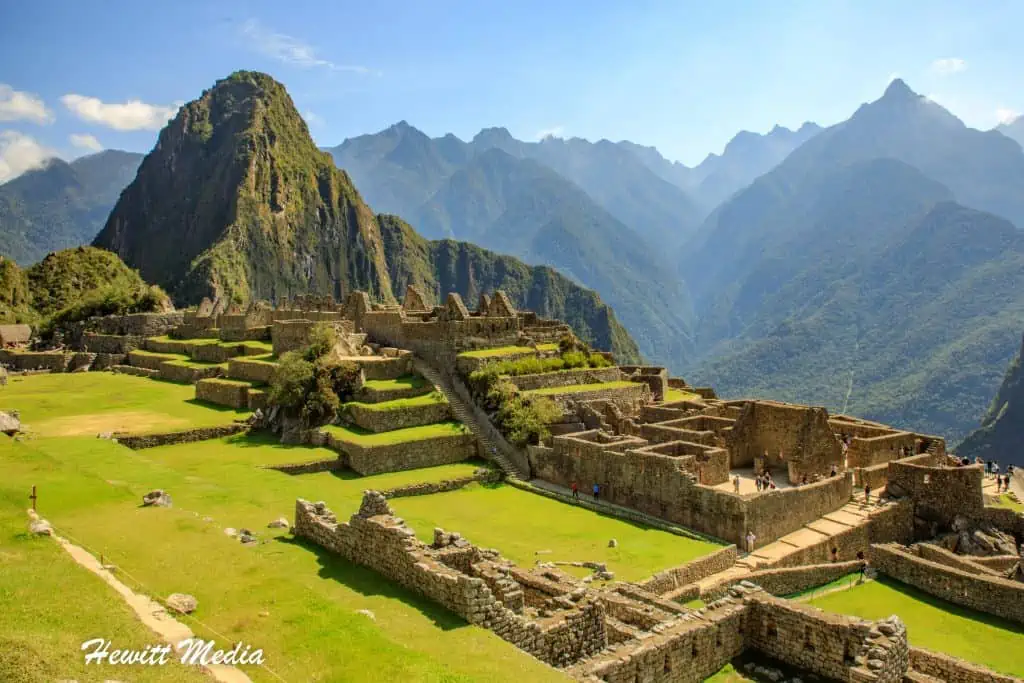

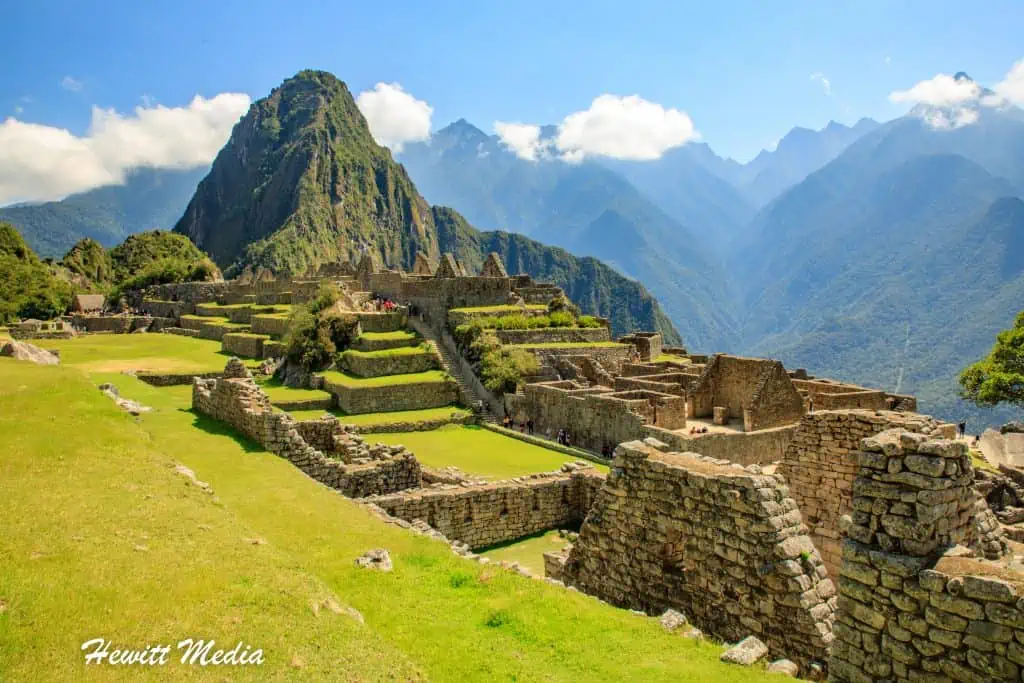
Don’t Forget to Subscribe to My Adventures!

Let Me Help You Save On Your Next Adventure!
‘Start Exploring Today’ Merchandise Available Now!










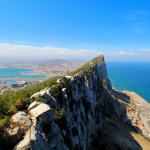
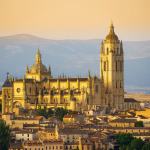


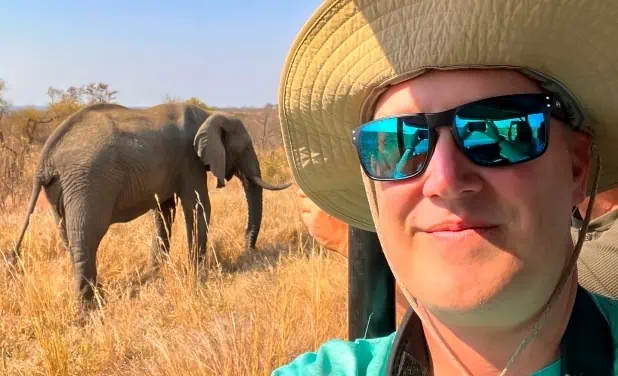
Very thorough post! I found planning my trip to Peru last May to be challenging just because of all of the options. I feel like the Sacred Valley is aptly named and is indeed a special place. My multi-day trek to Machu Picchu and our day in Machu Picchu are experiences I will never forget.
Thank you for your comment!! You bring up a really great point. There are so many wonderful things to see and do that it can be hard deciding on what to do. Sounds like you had an amazing trip!
I haven’t had a chance to read this post yet, but I wanted to let you know that I nominated you for the Blogger Recognition Award. Congrats!
https://thetravelarchitect.wordpress.com/2020/02/07/blogger-recognition-award/
Thank you so much!!! You are so kind!! Sorry for my late response as we are in Playa at the moment. Very much appreciated 😀
Lucky you!
Thanks!! It is good to get out of the cold for a few days!
I wasted a few days on the internet researching for a trip to Machu Picchu and then found your post. I don’t think anyone has provided more or better information. Maybe a few hotel recommendations?
Thank you so much for the kind words!! If you have a big budget, the Sanctuary Lodge is literally right outside the gates. However, it is about $800/night.
If you’re on a budget, like me, there are some great hotels in Aguas Calientes. The Casa del Sol Machupicchu is a nice and reasonably priced hotel. As is the Golden Sunrise Machu Picchu. Both have great reviews.
If you are looking for low budget, but still nice, options, then the Tierra Viva Cusco Machu Picchu and the Taypikala Boutique Machupiccu are both great options.
Hope this helps! Safe and Happy Travels!